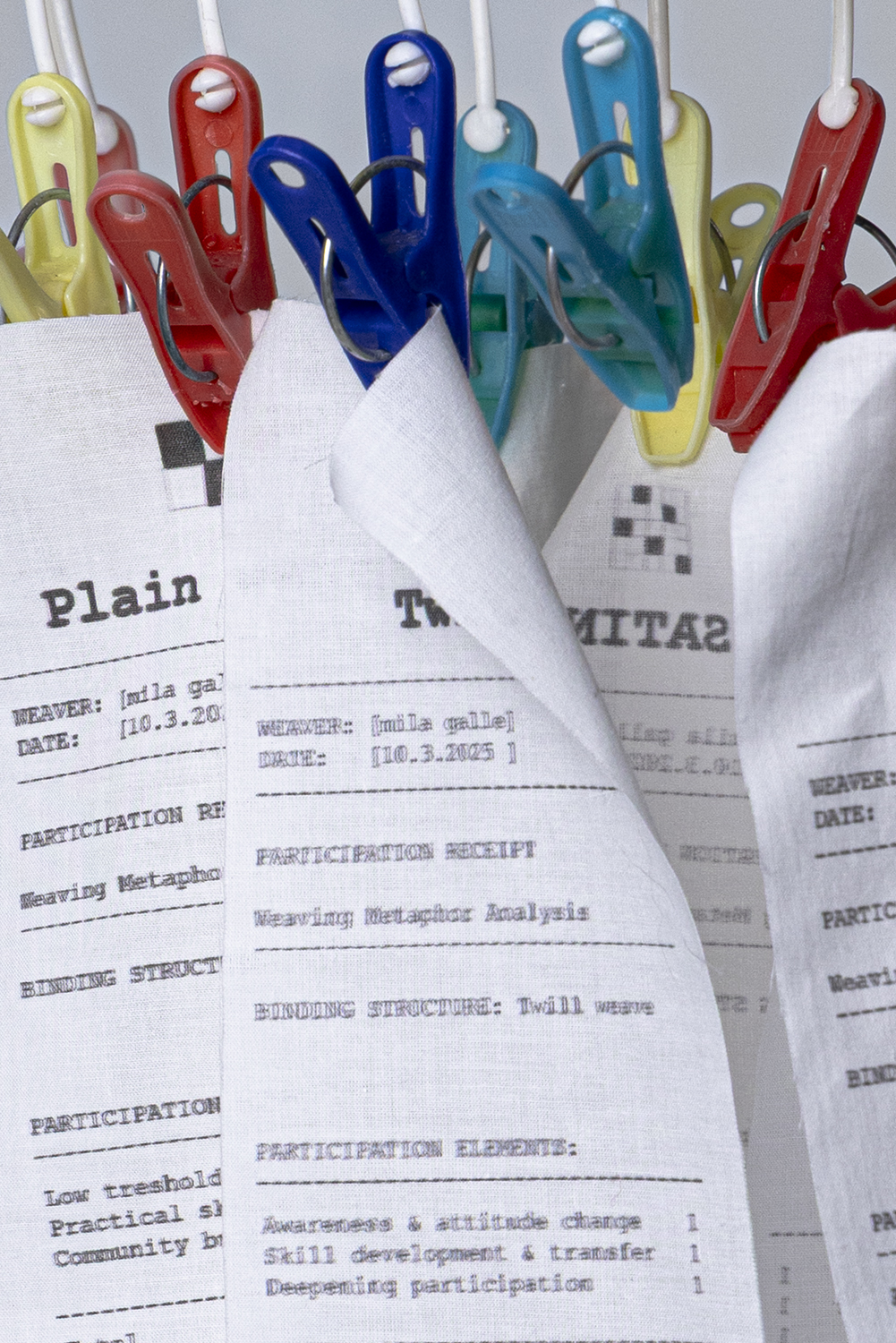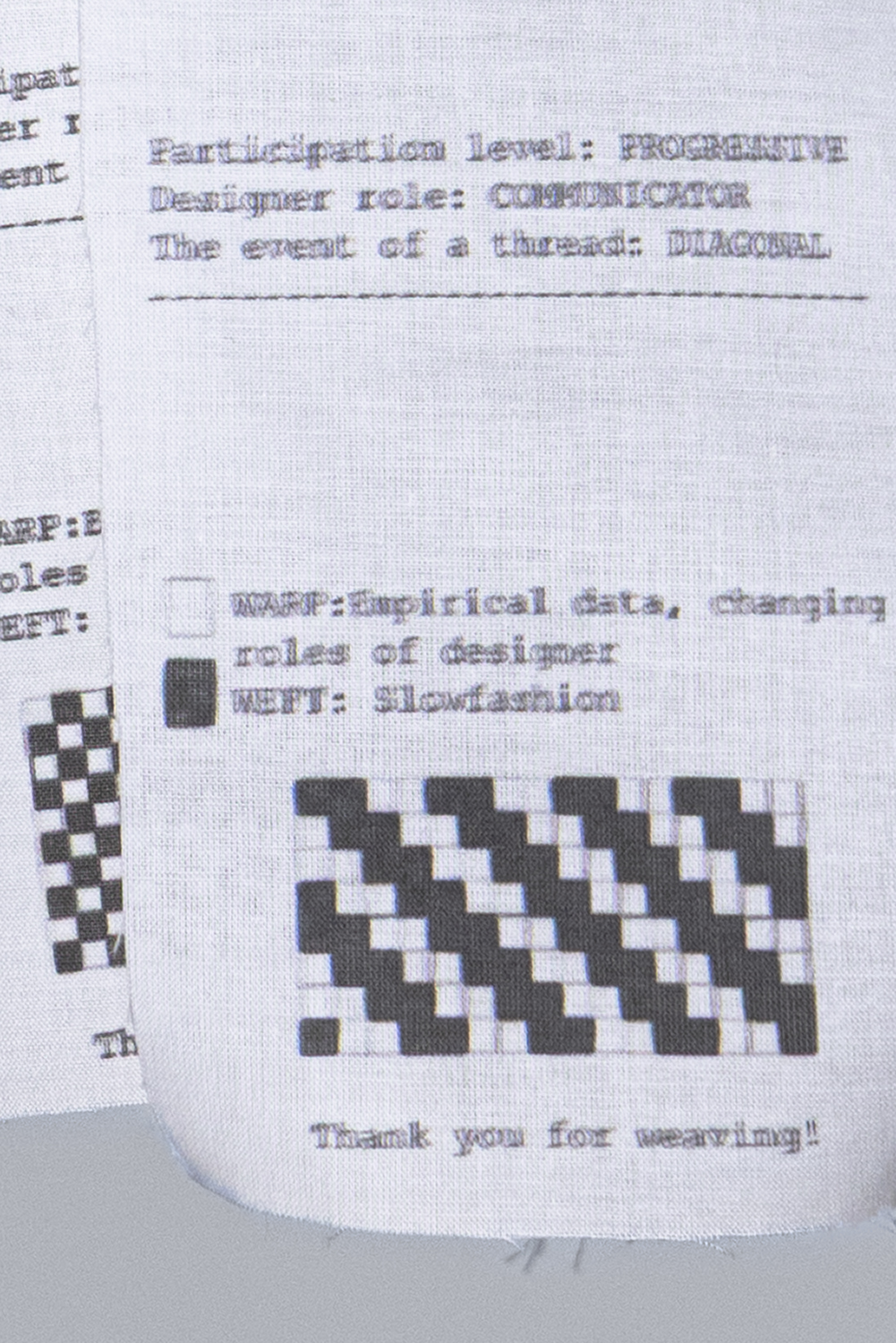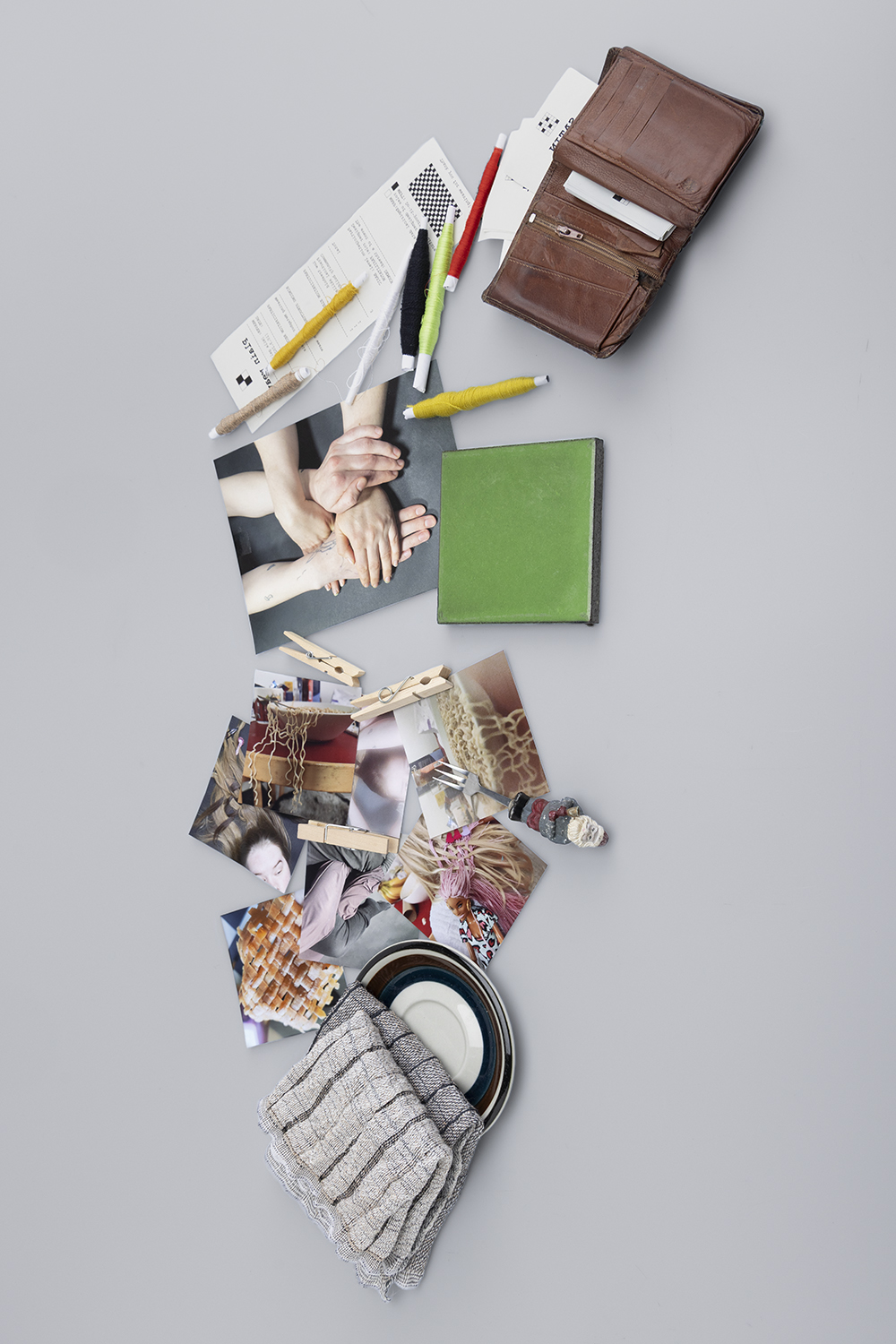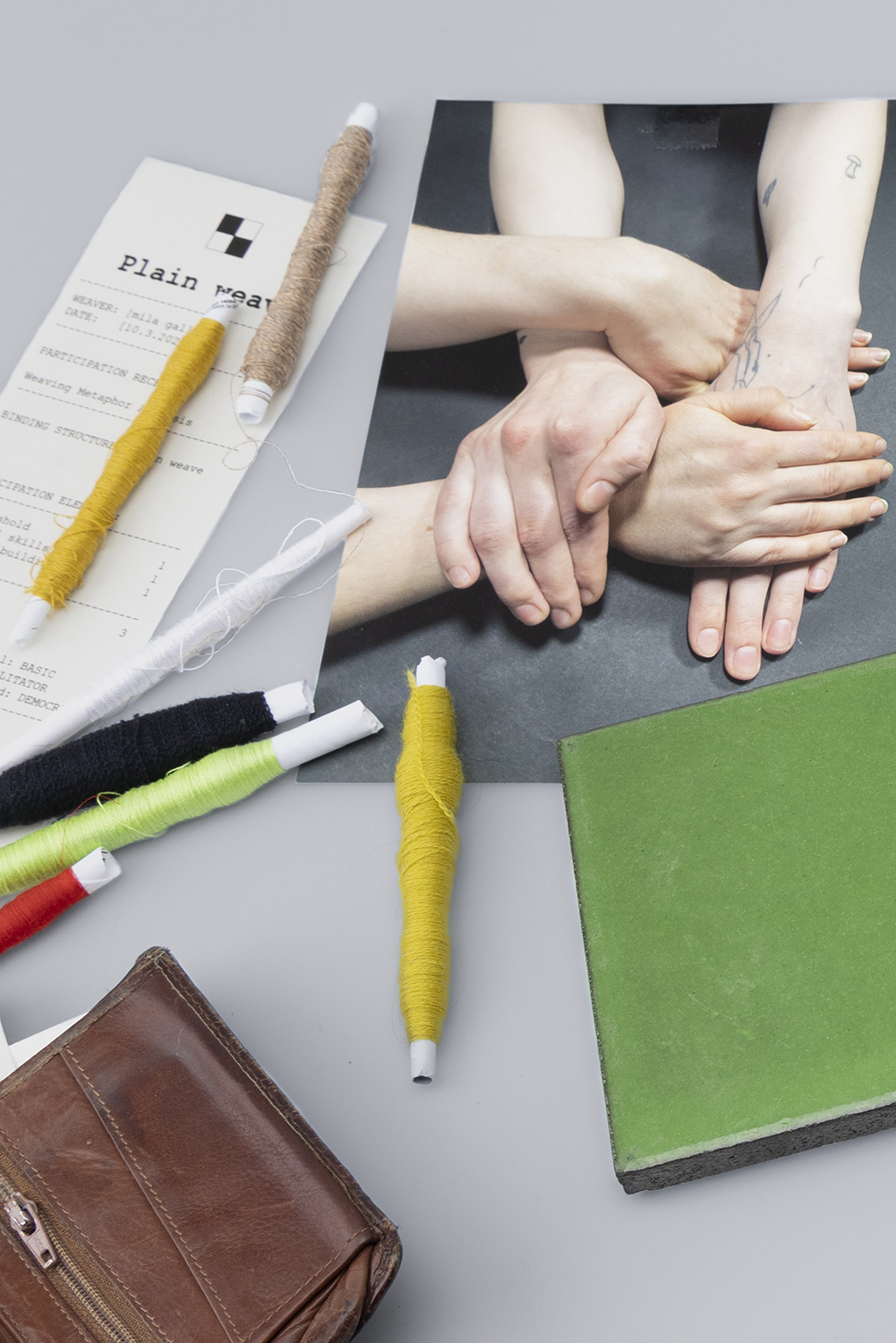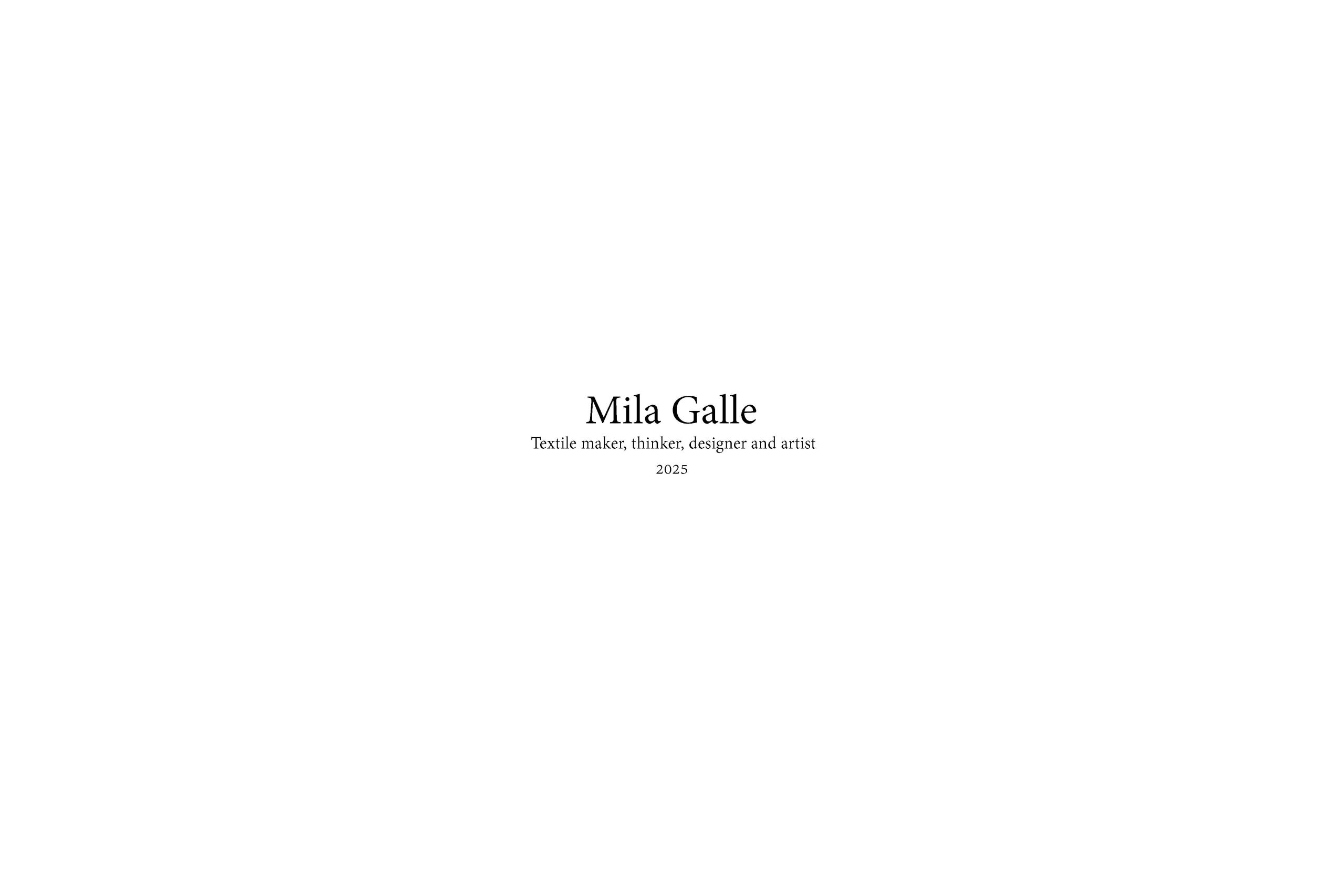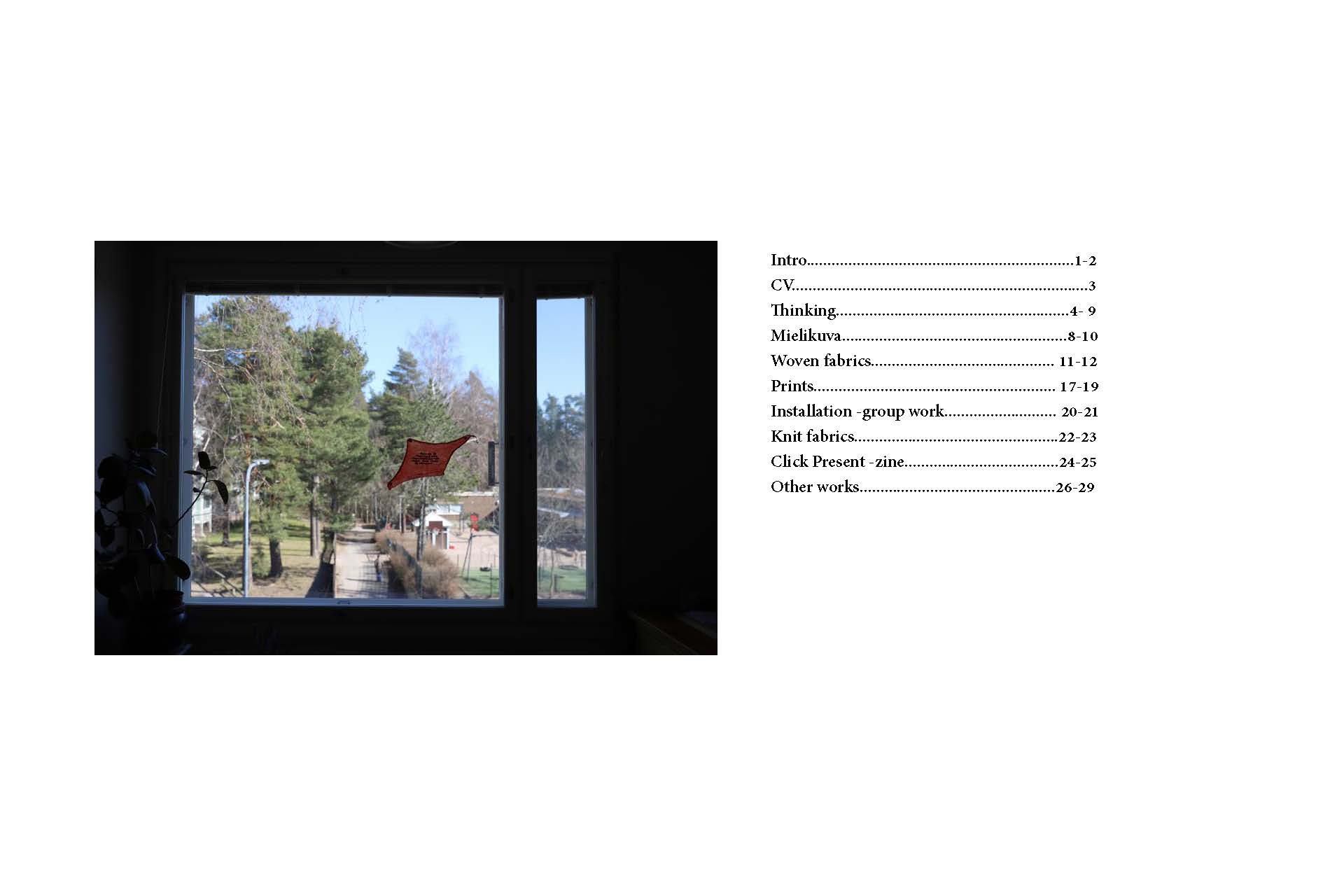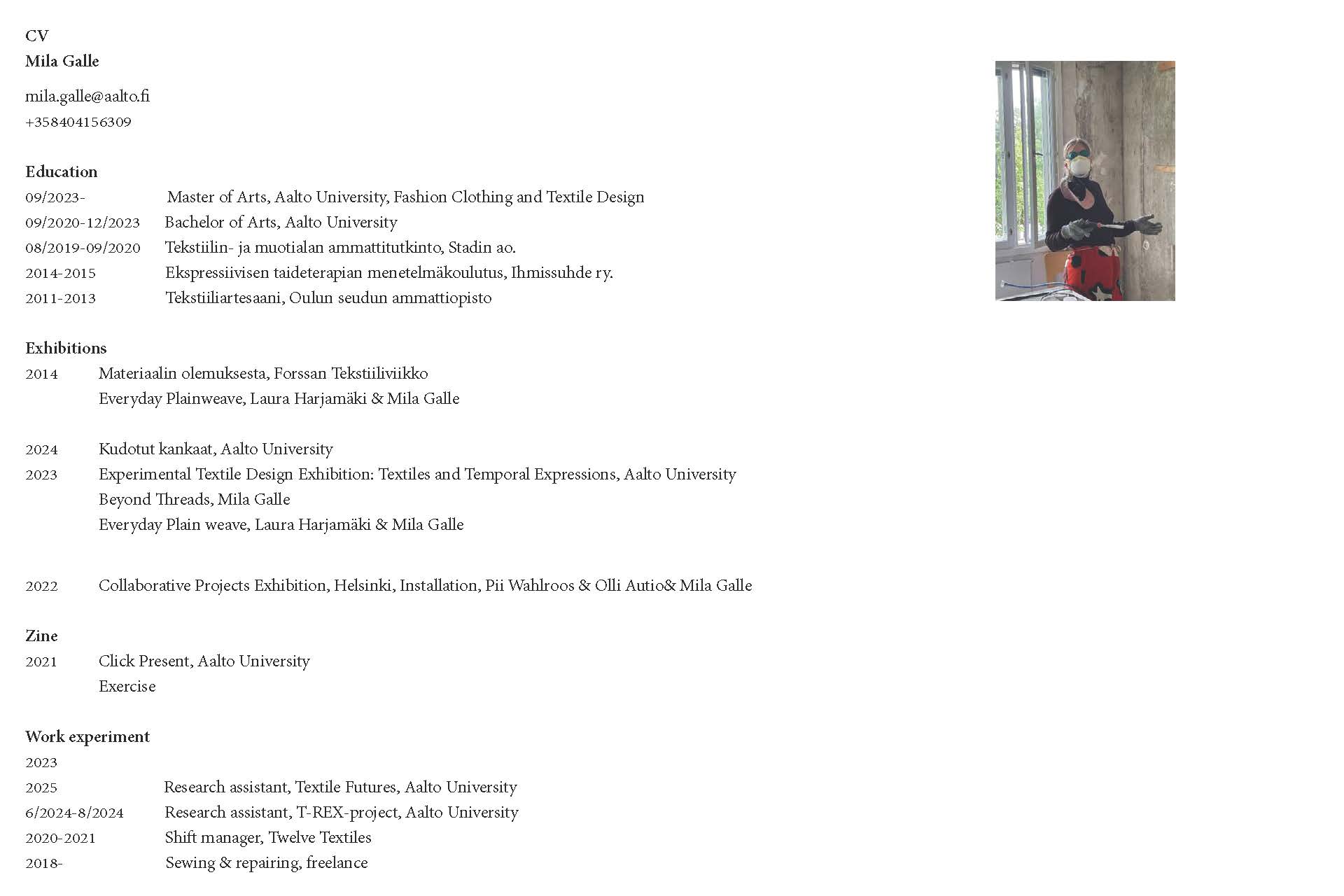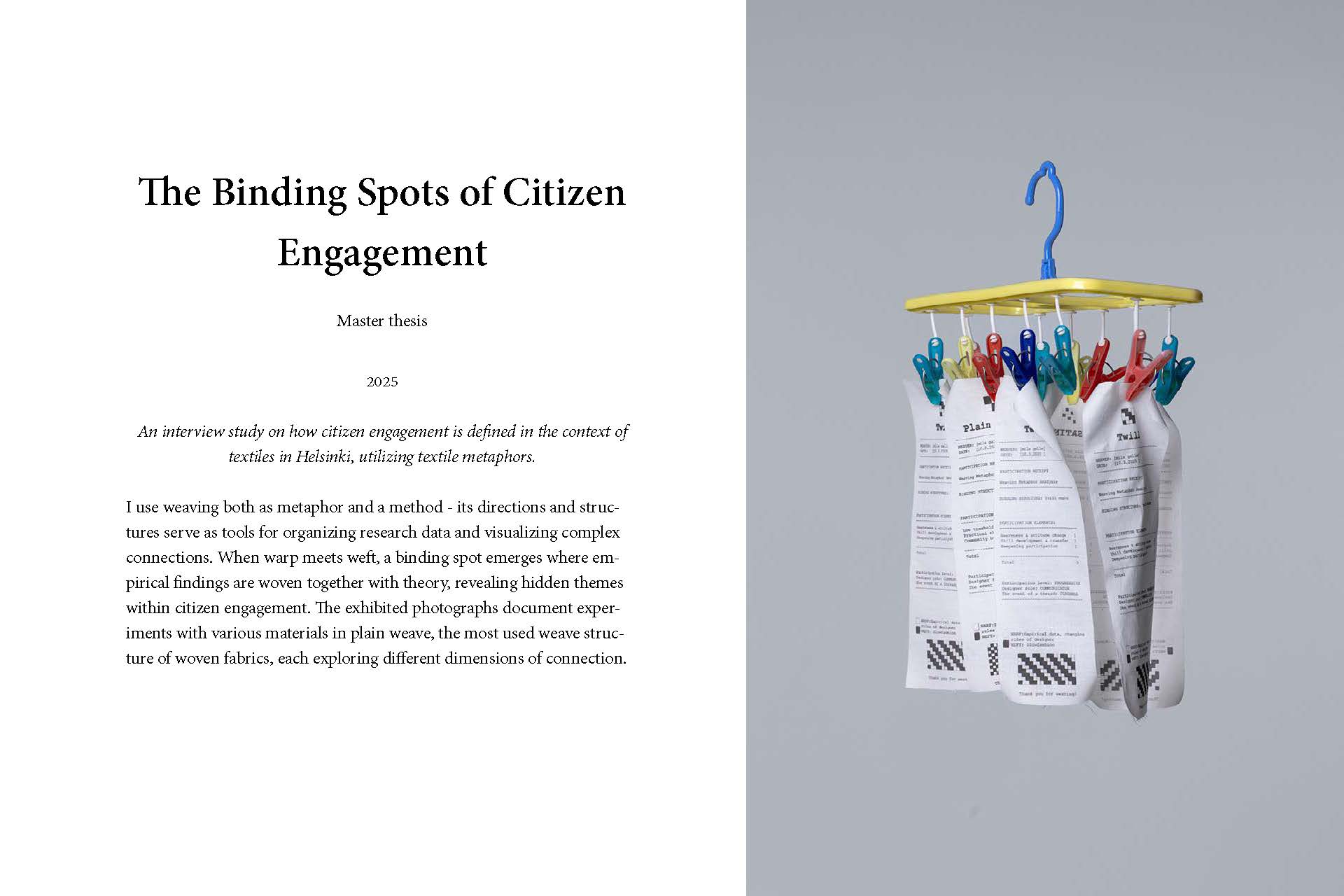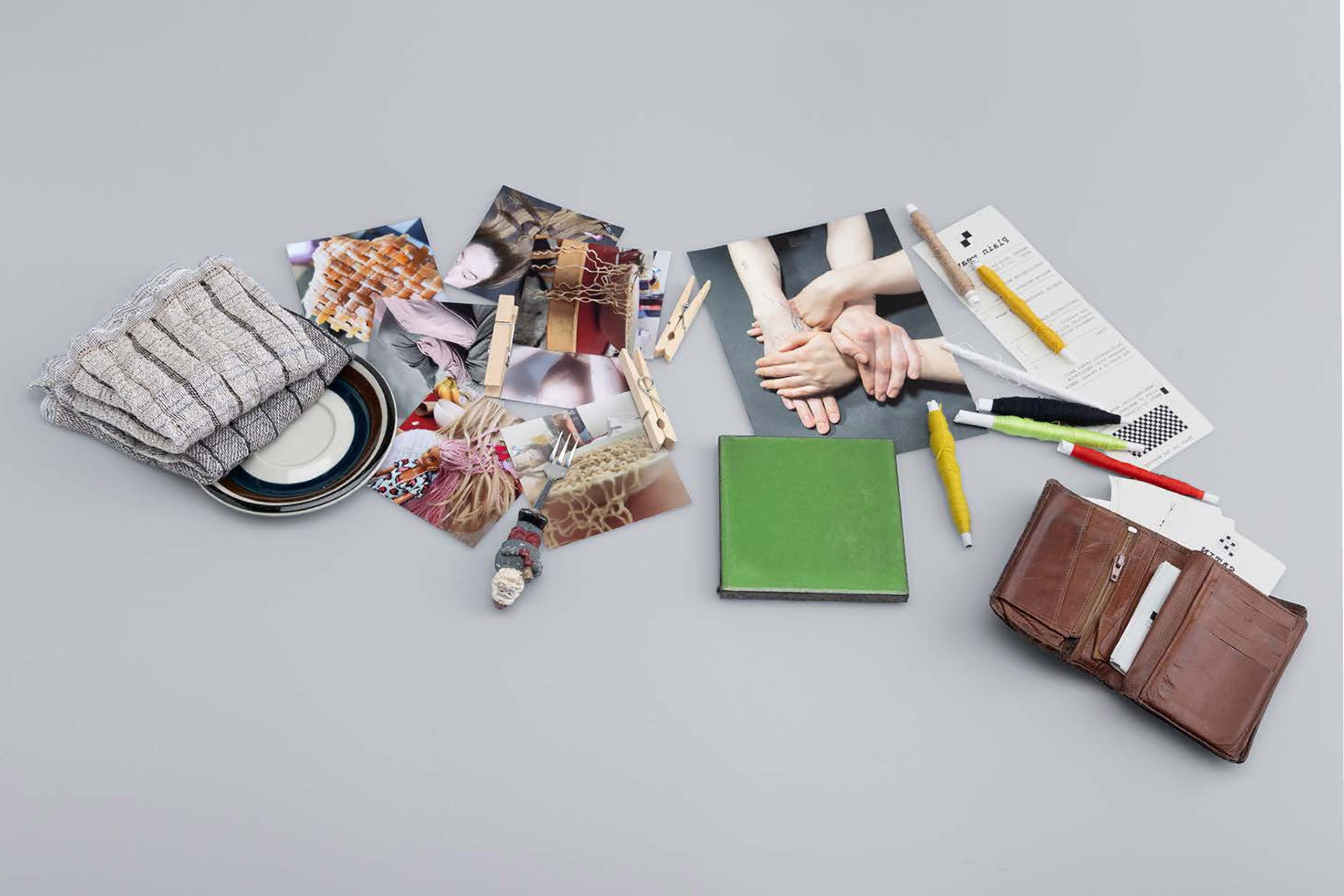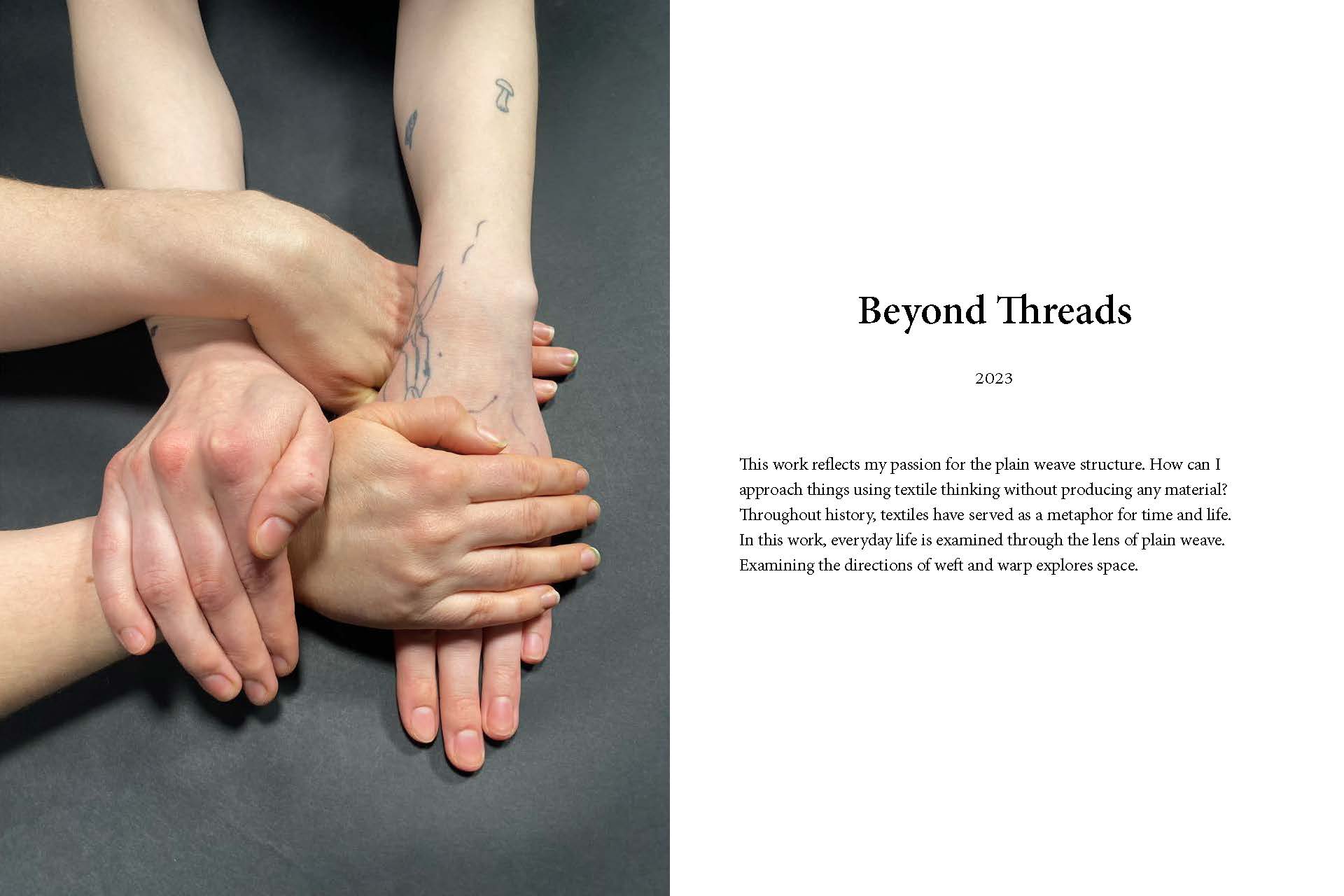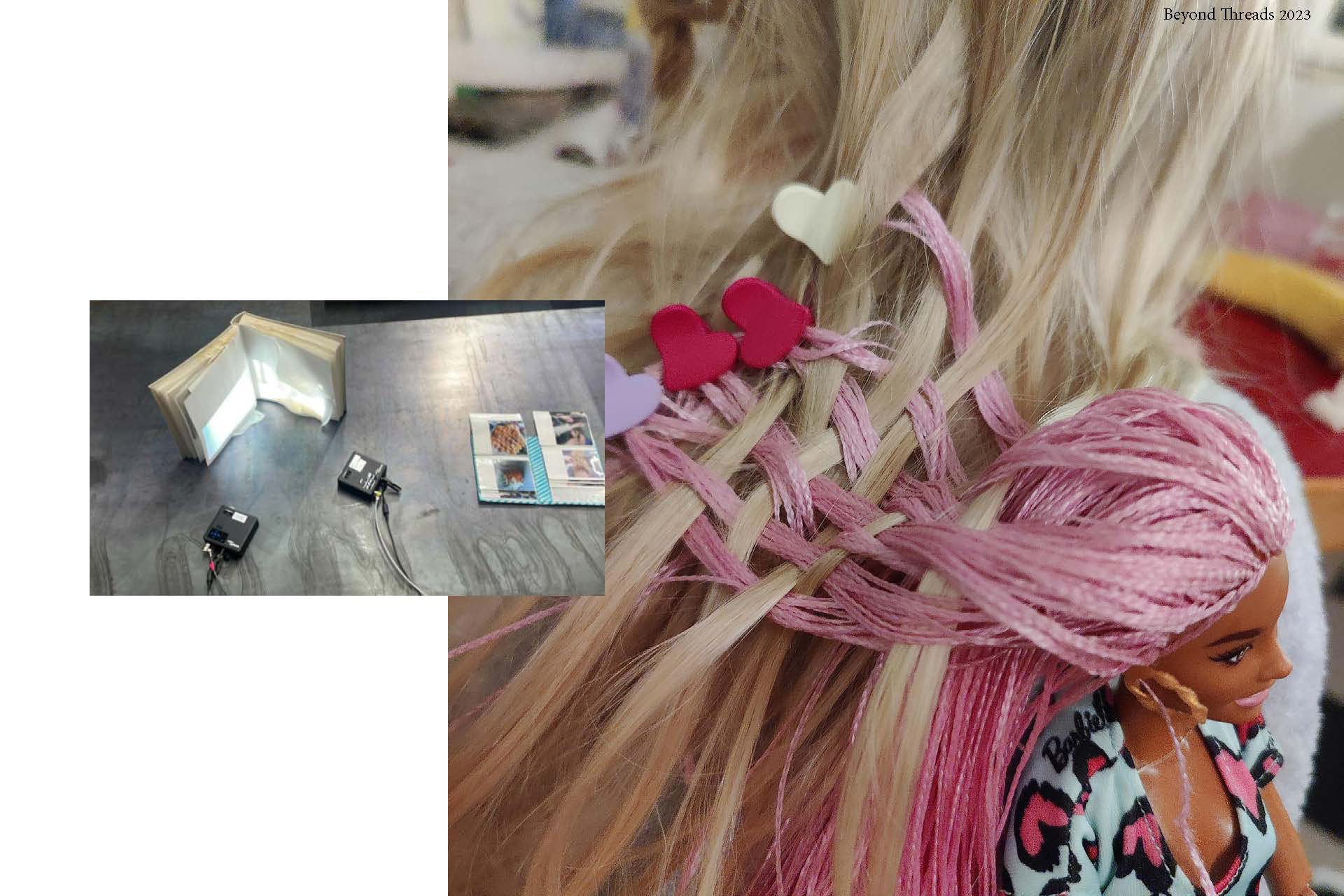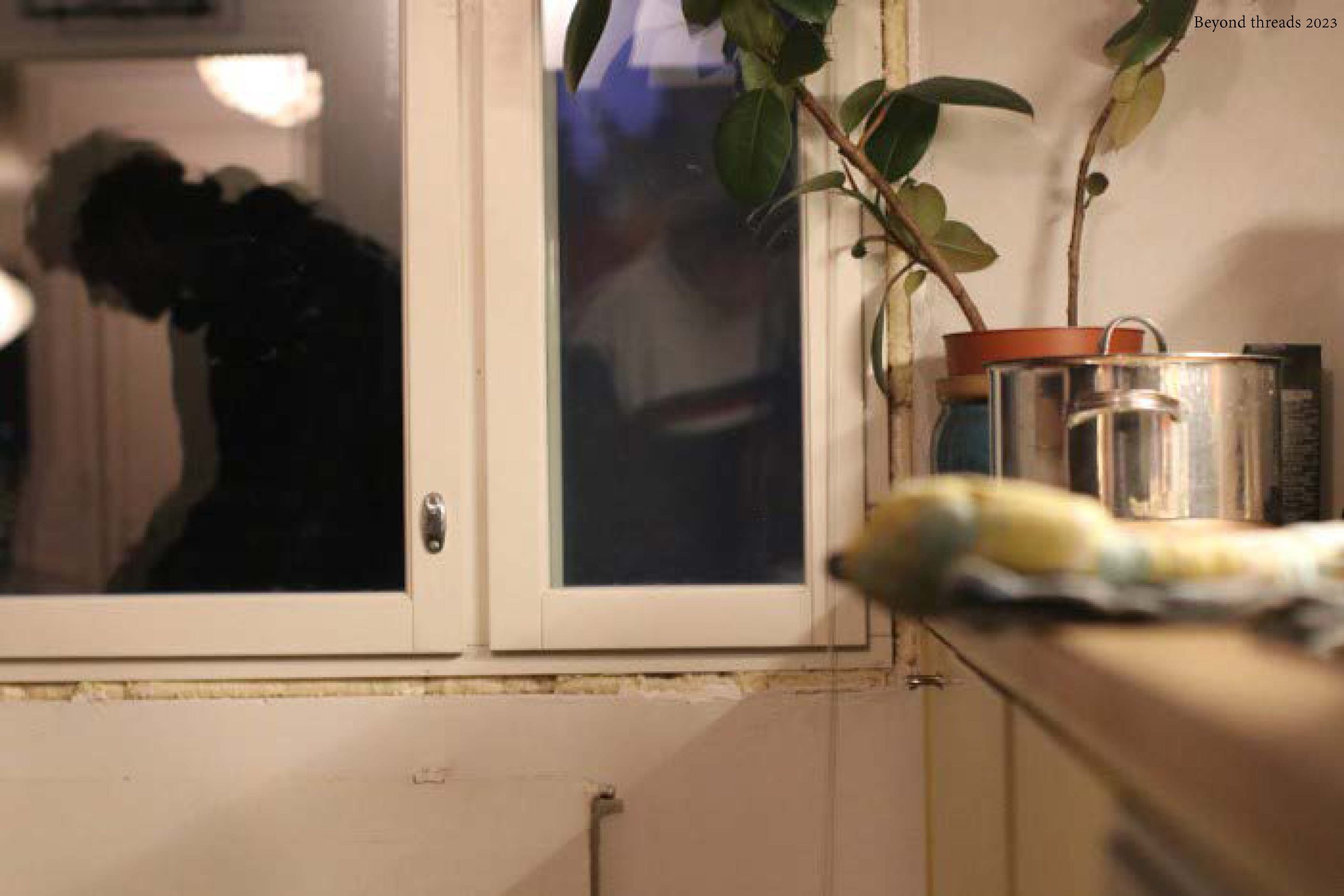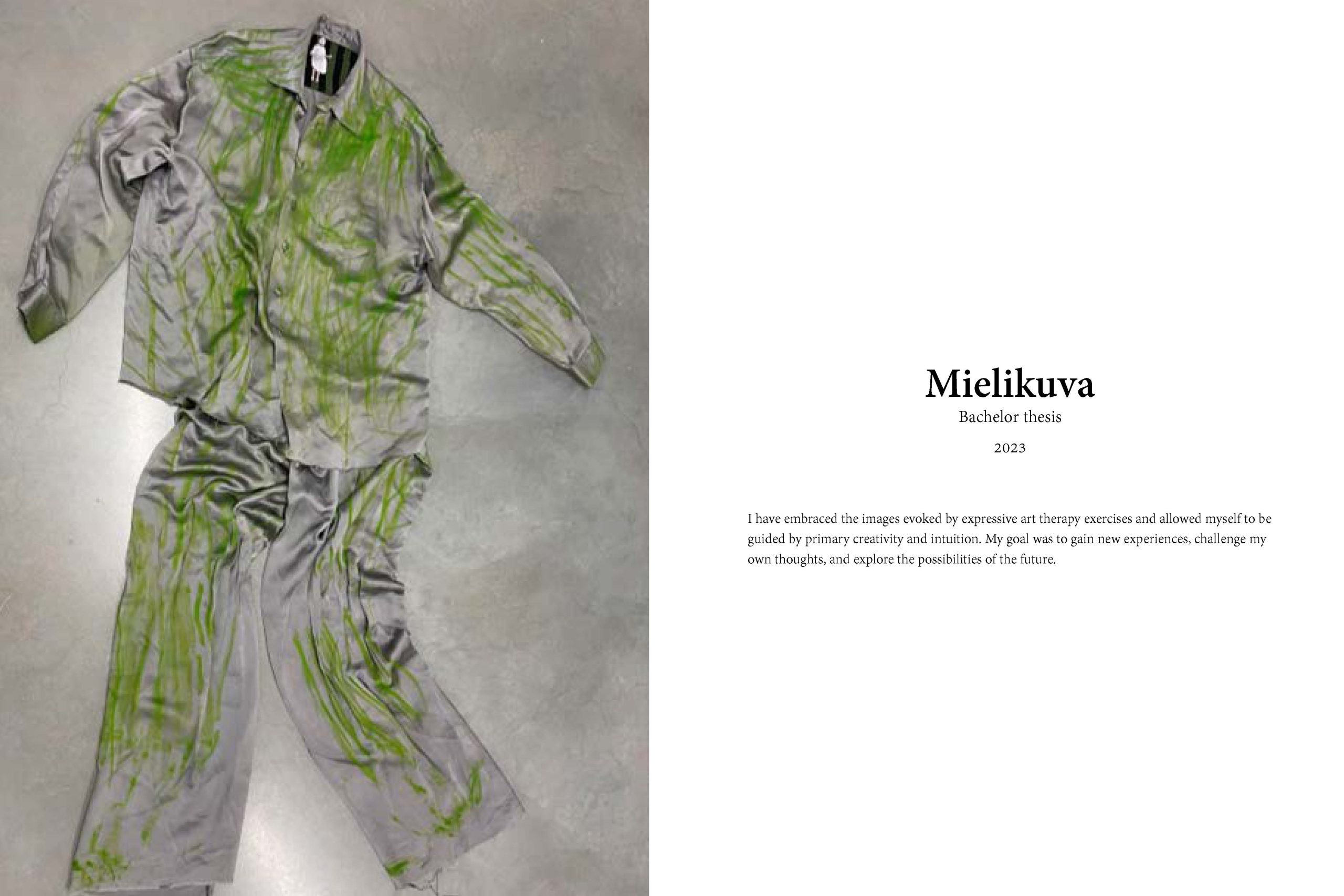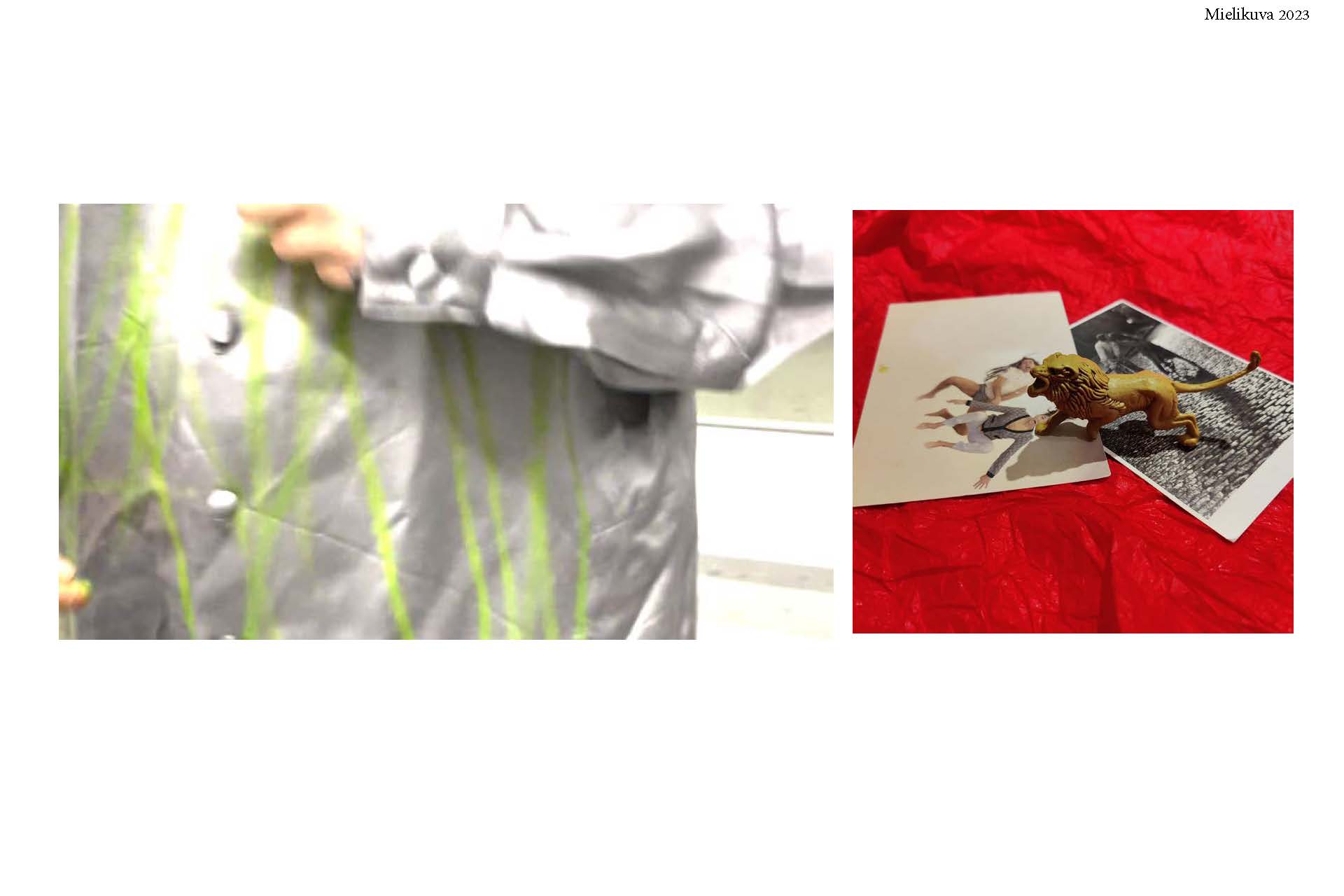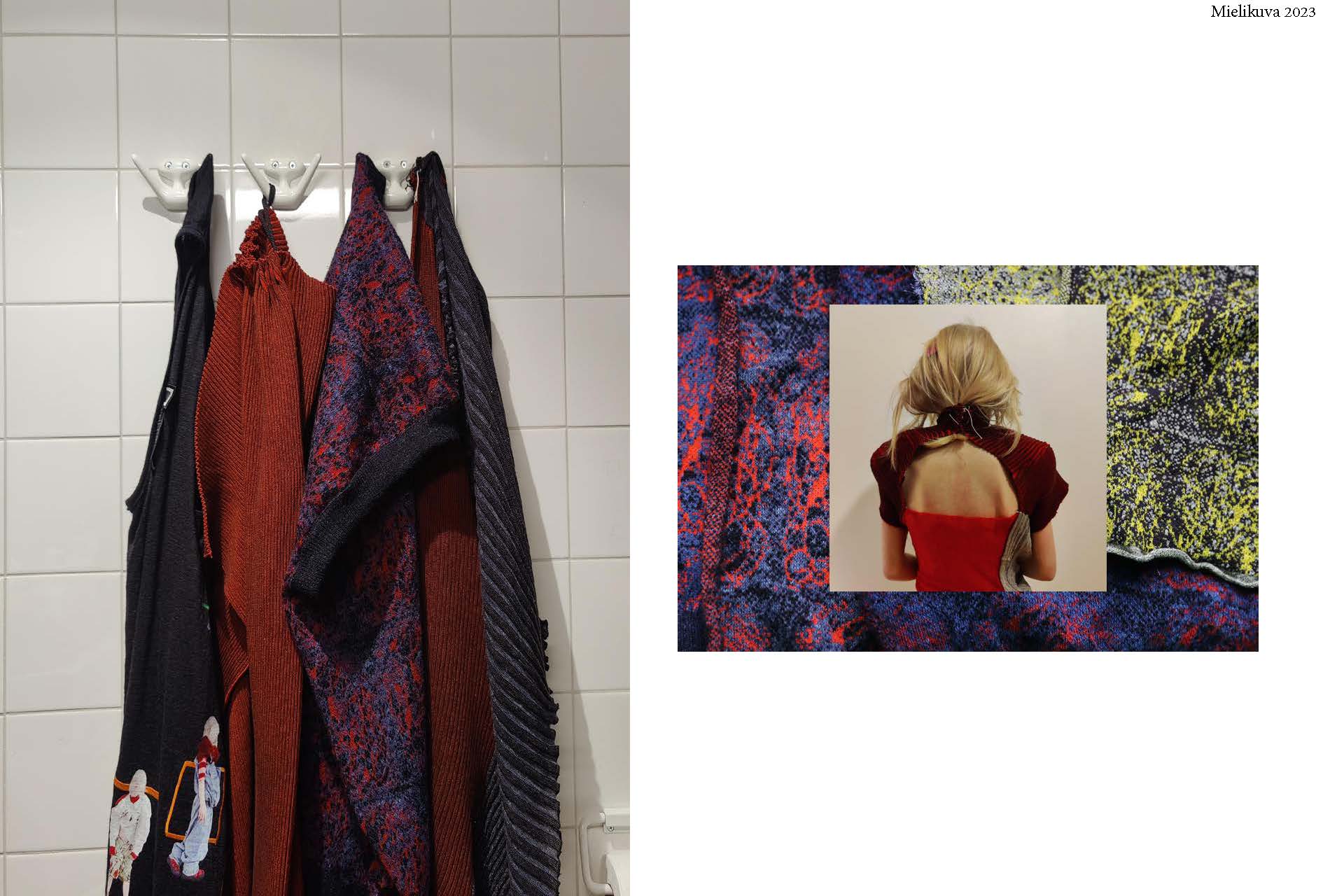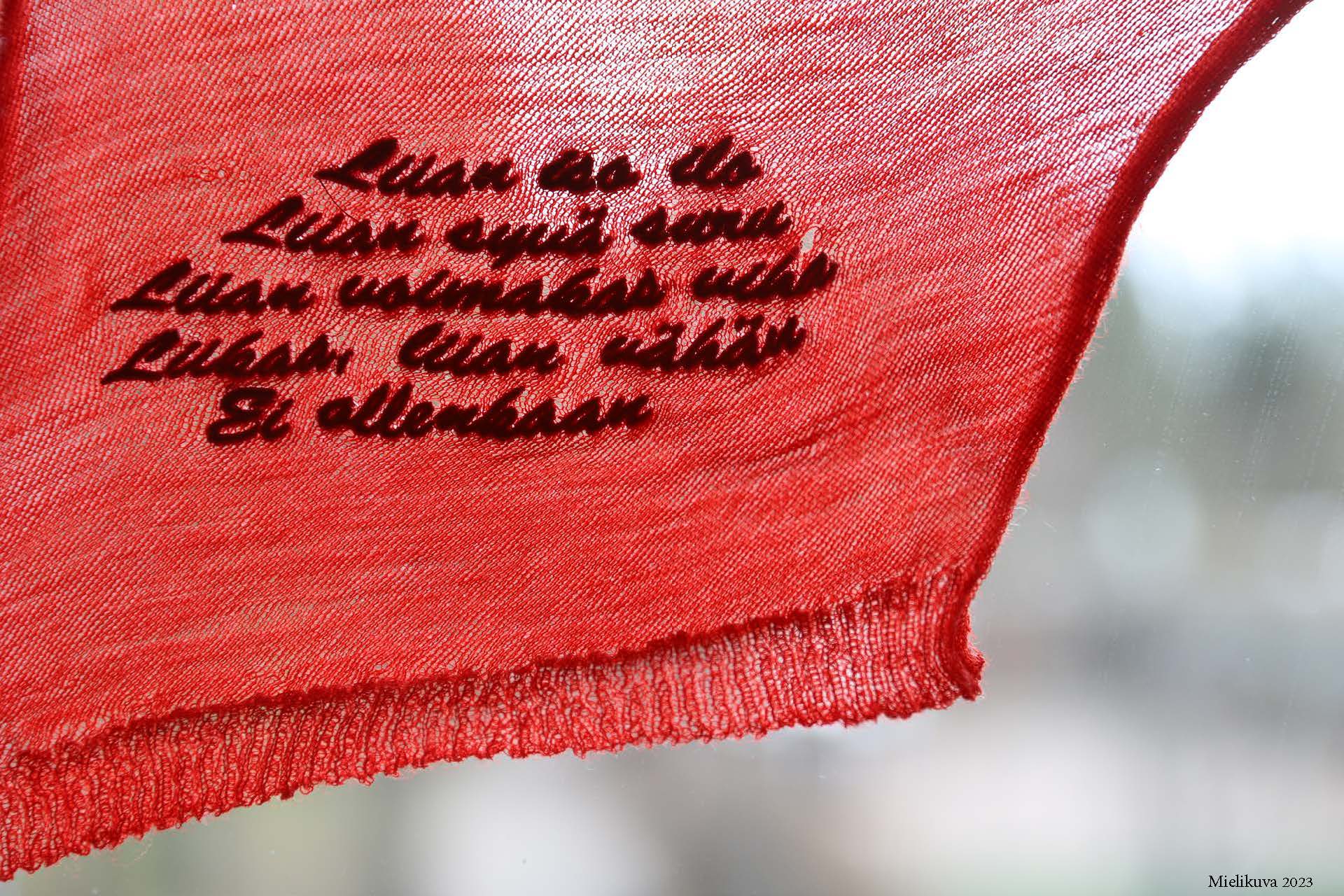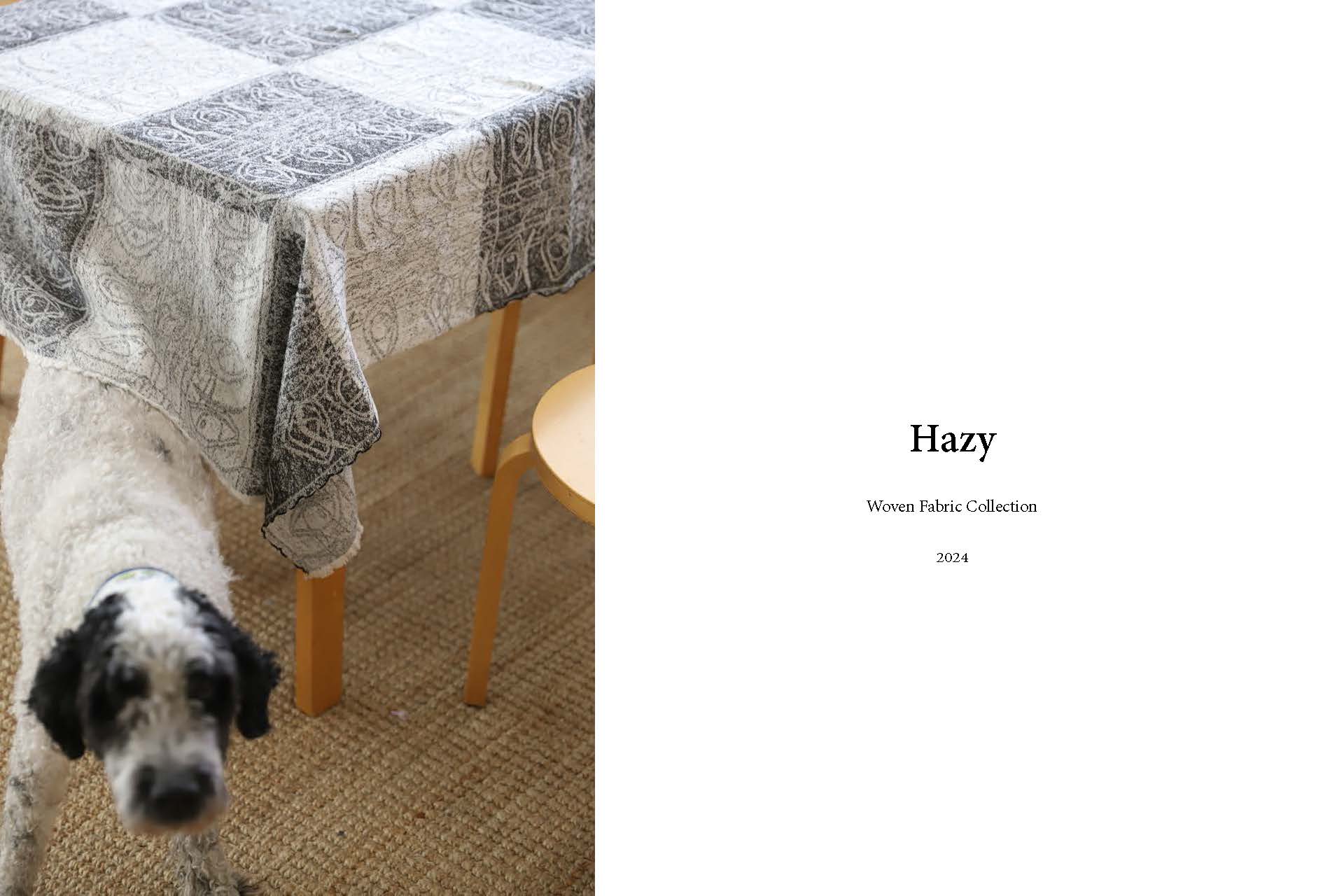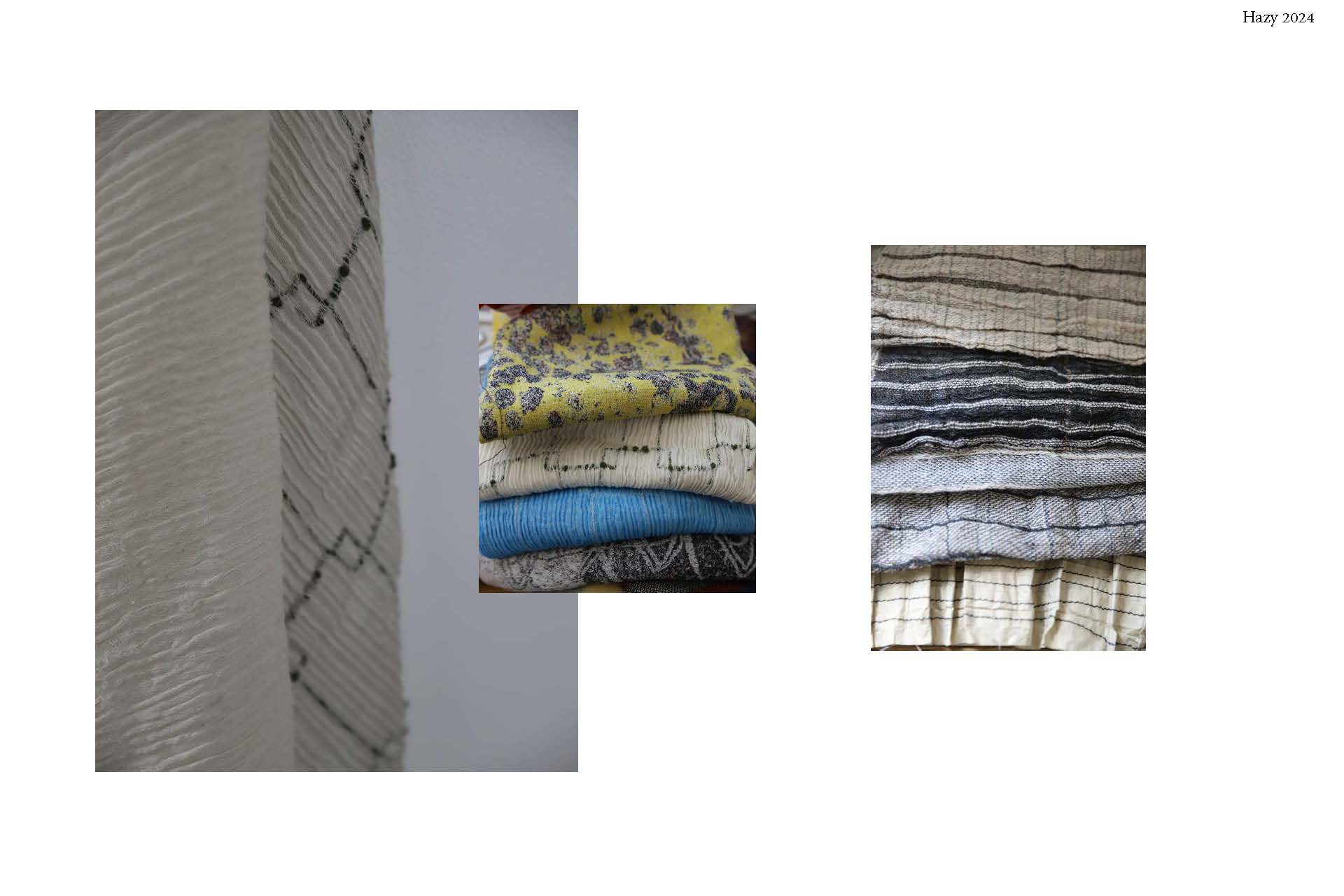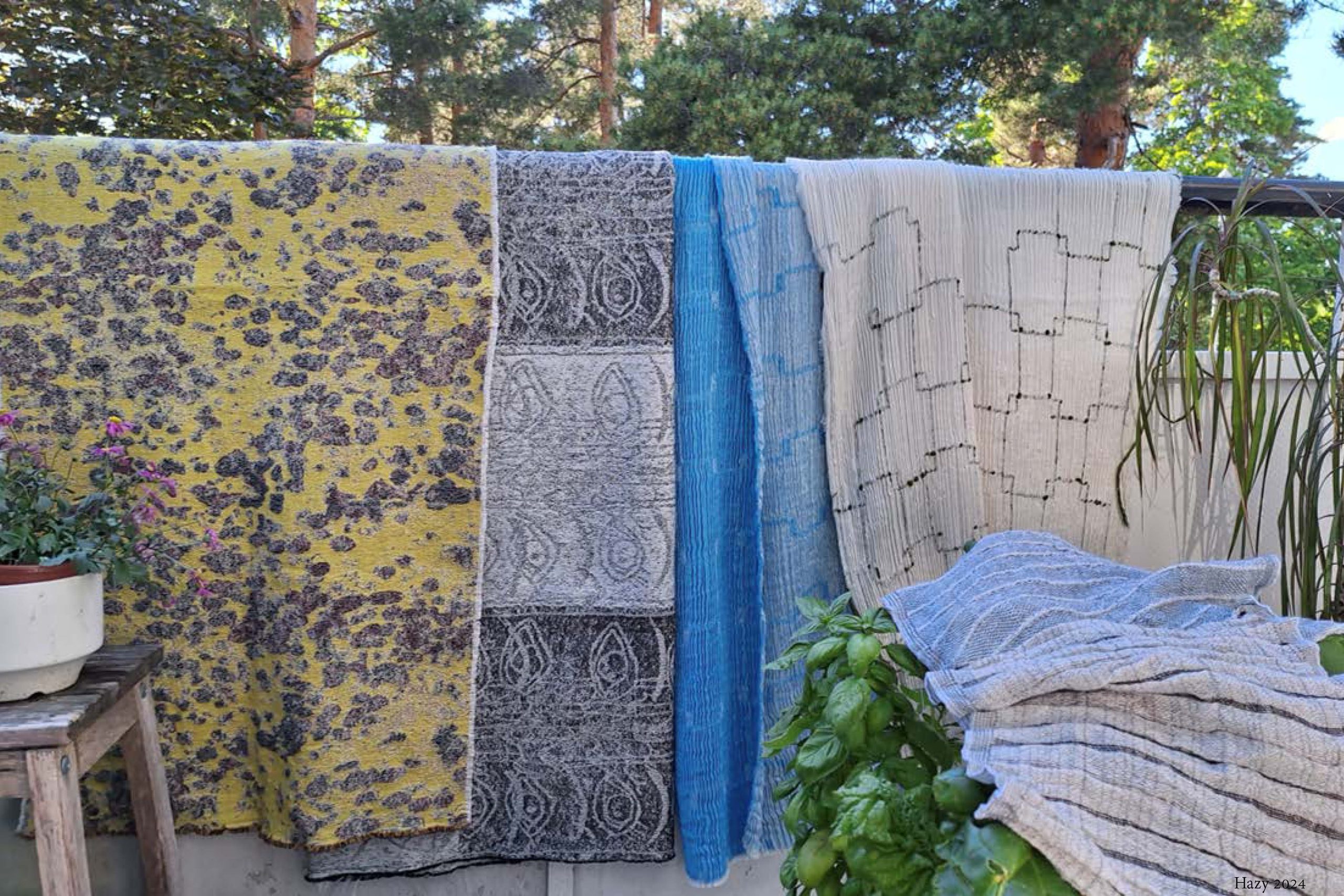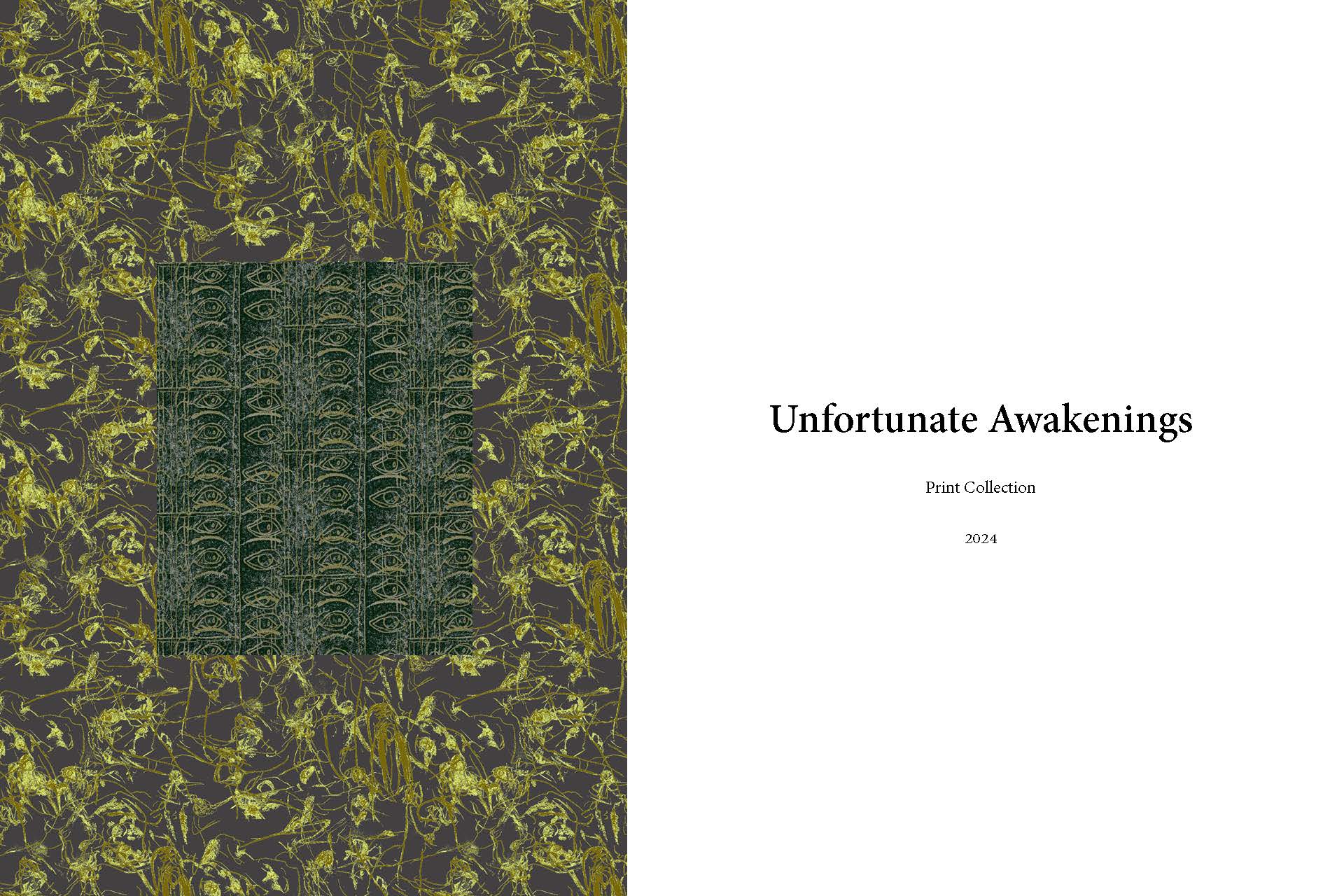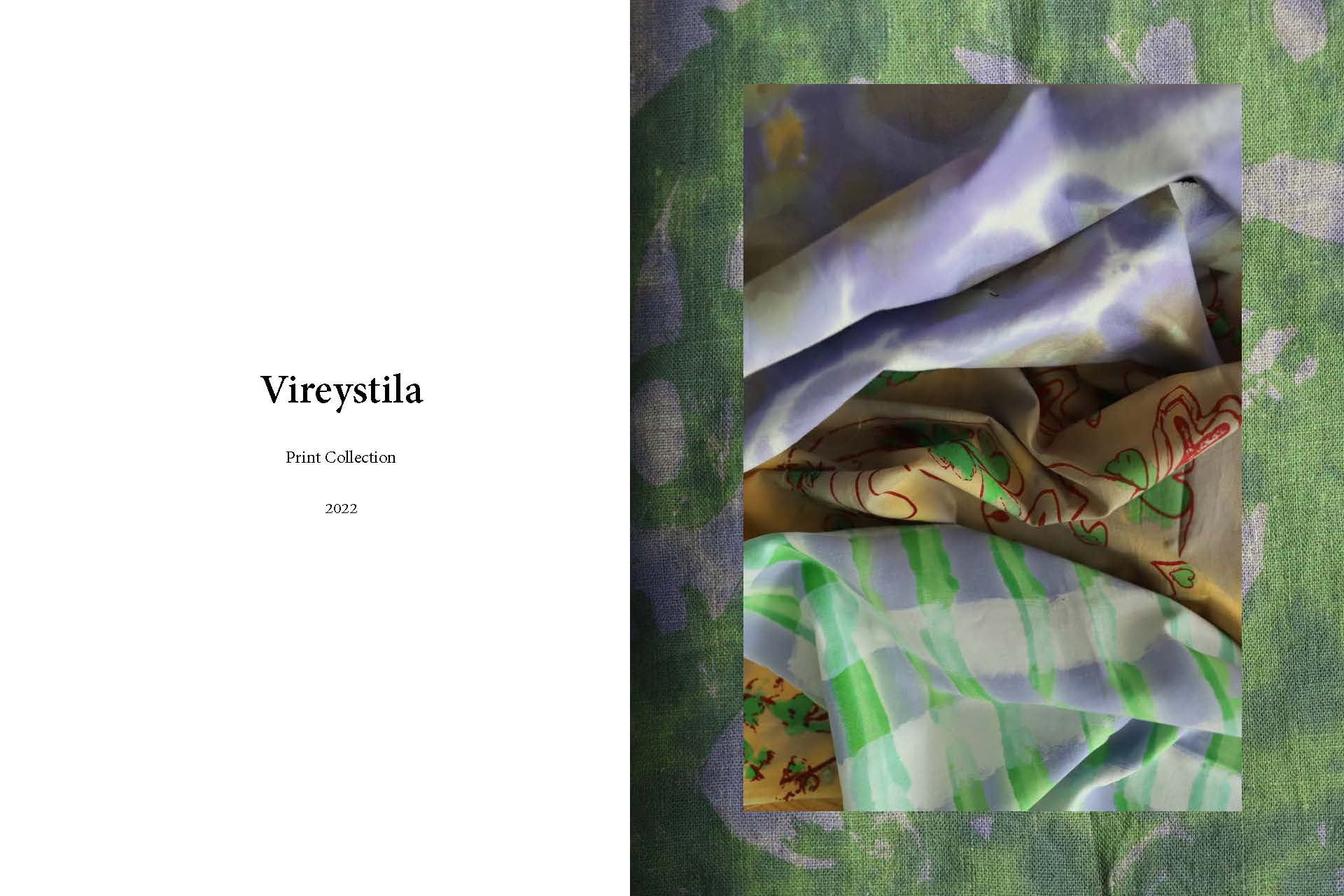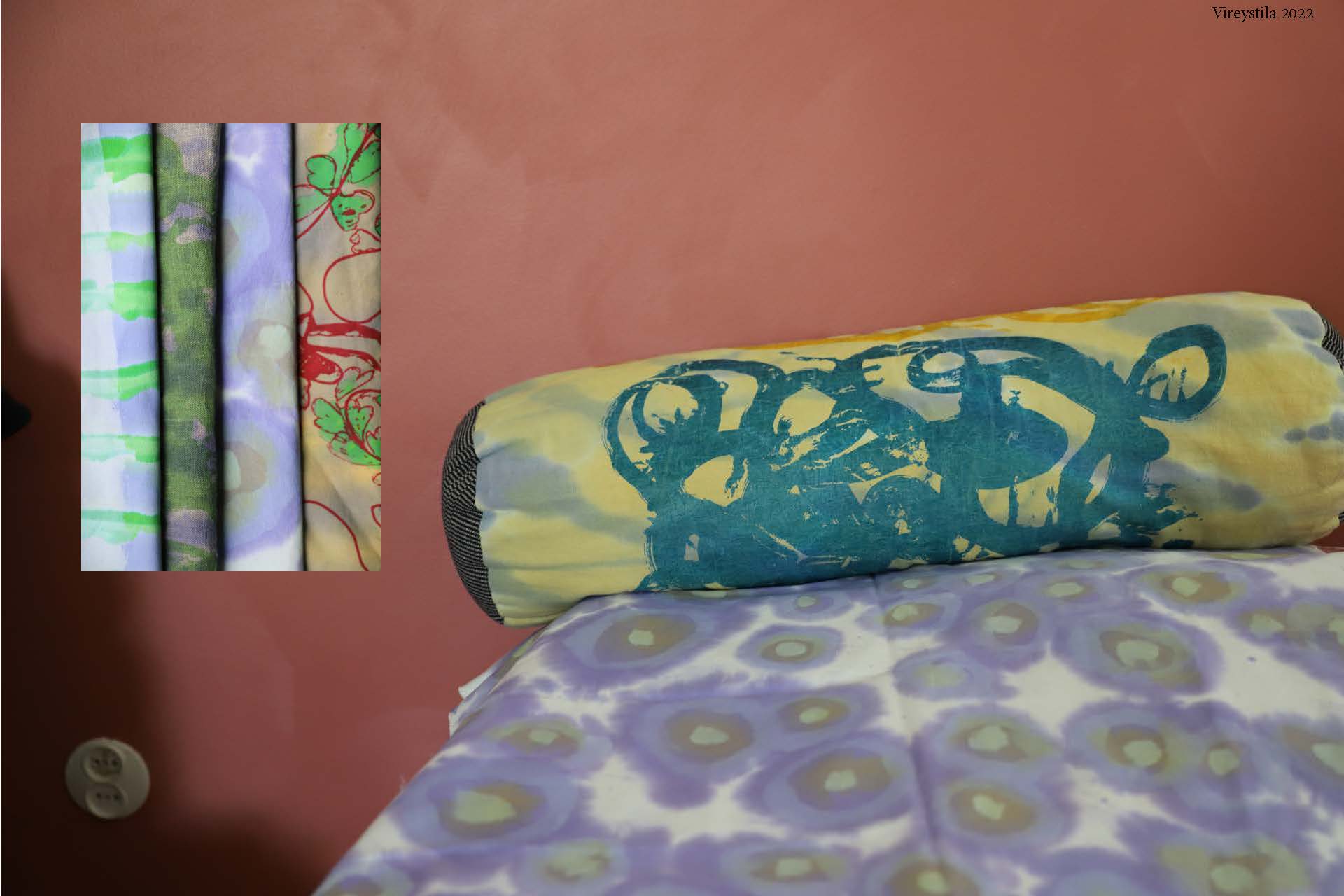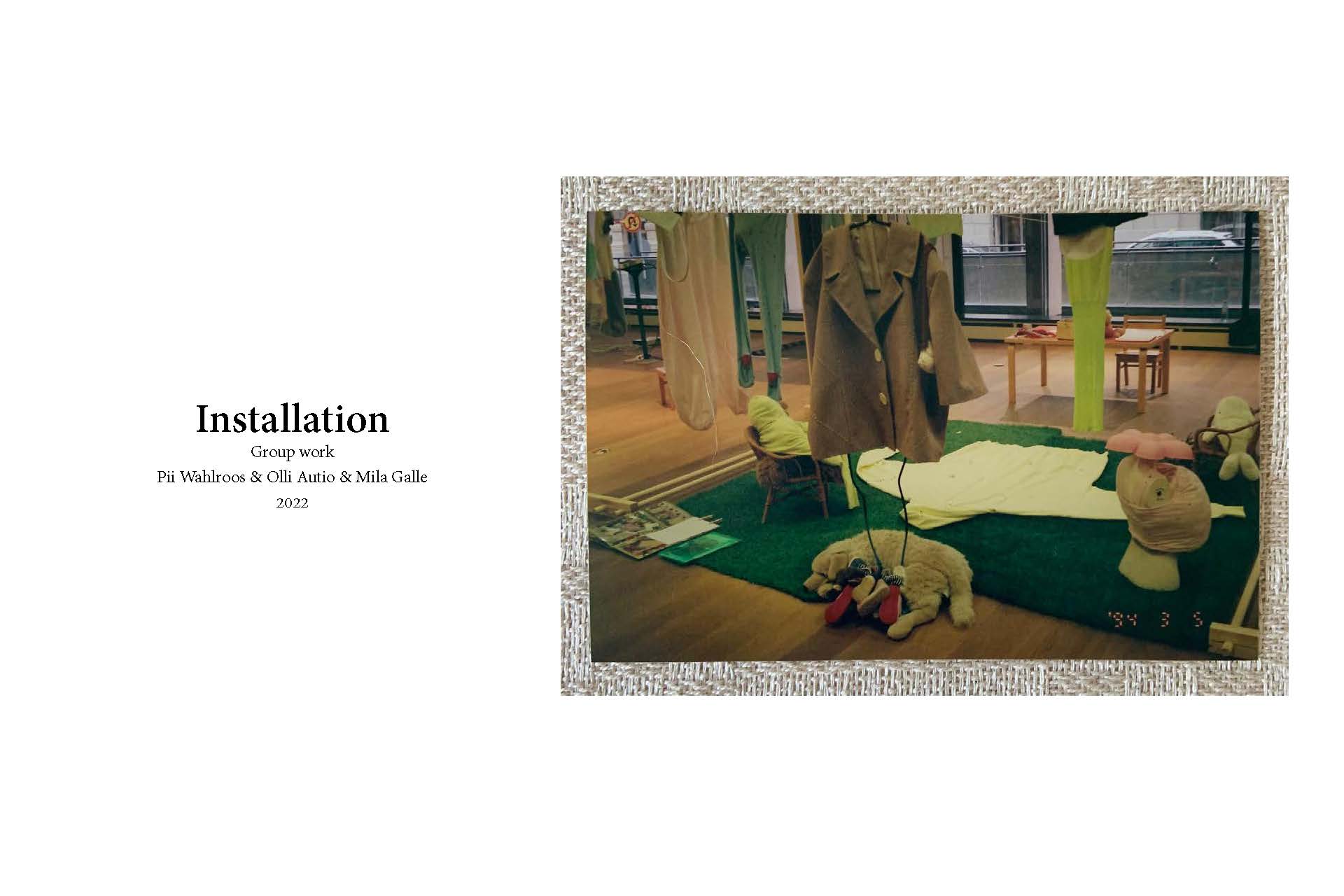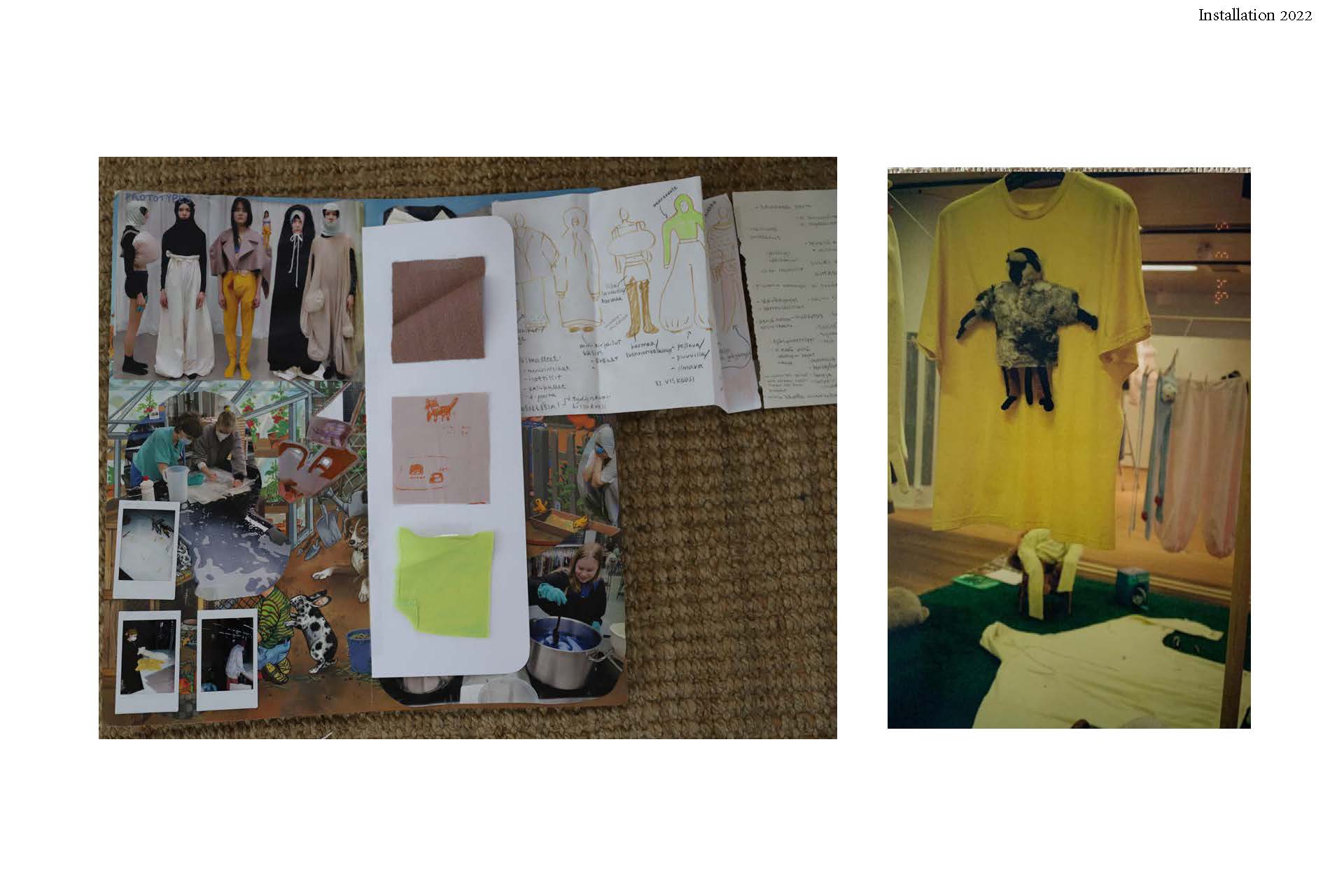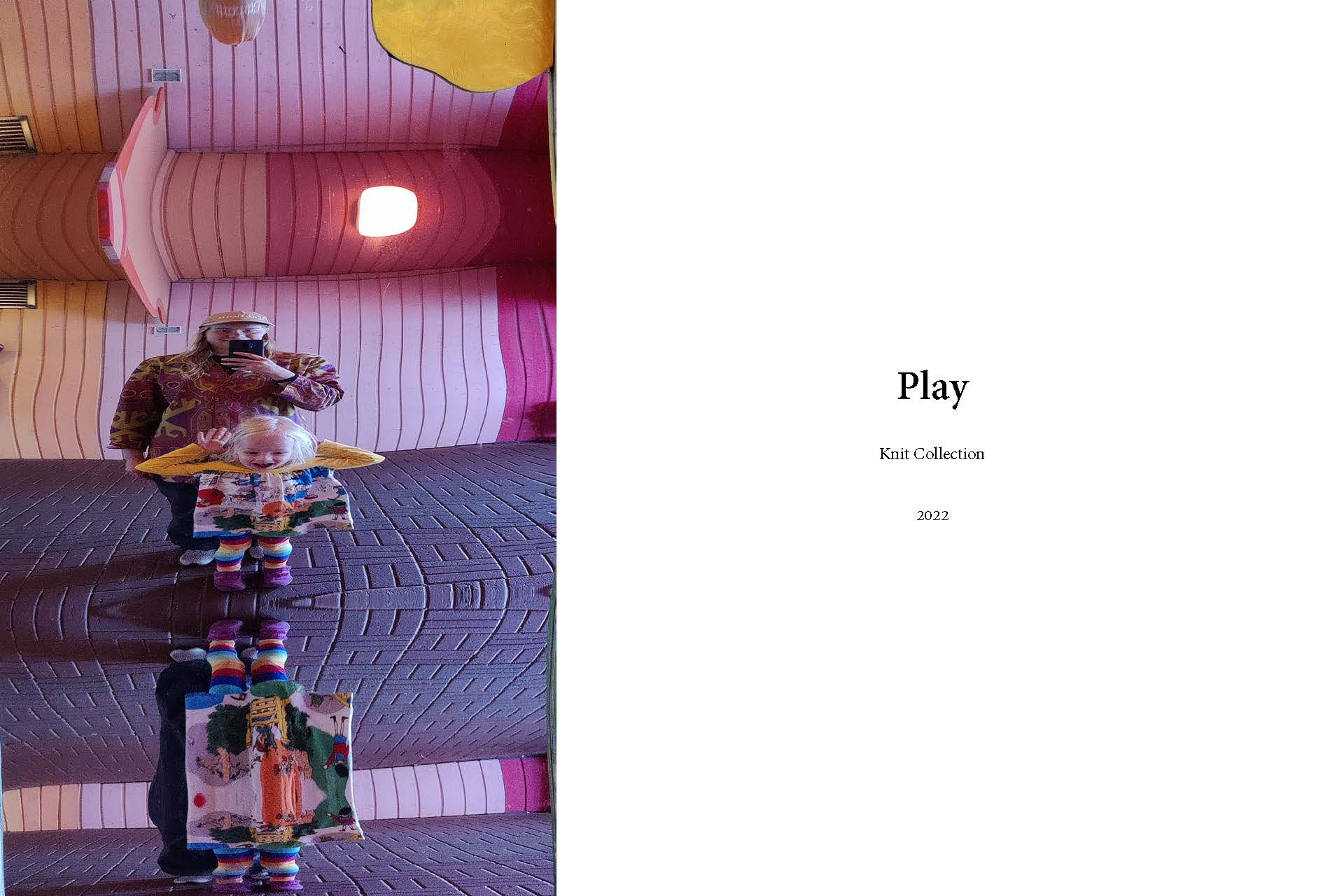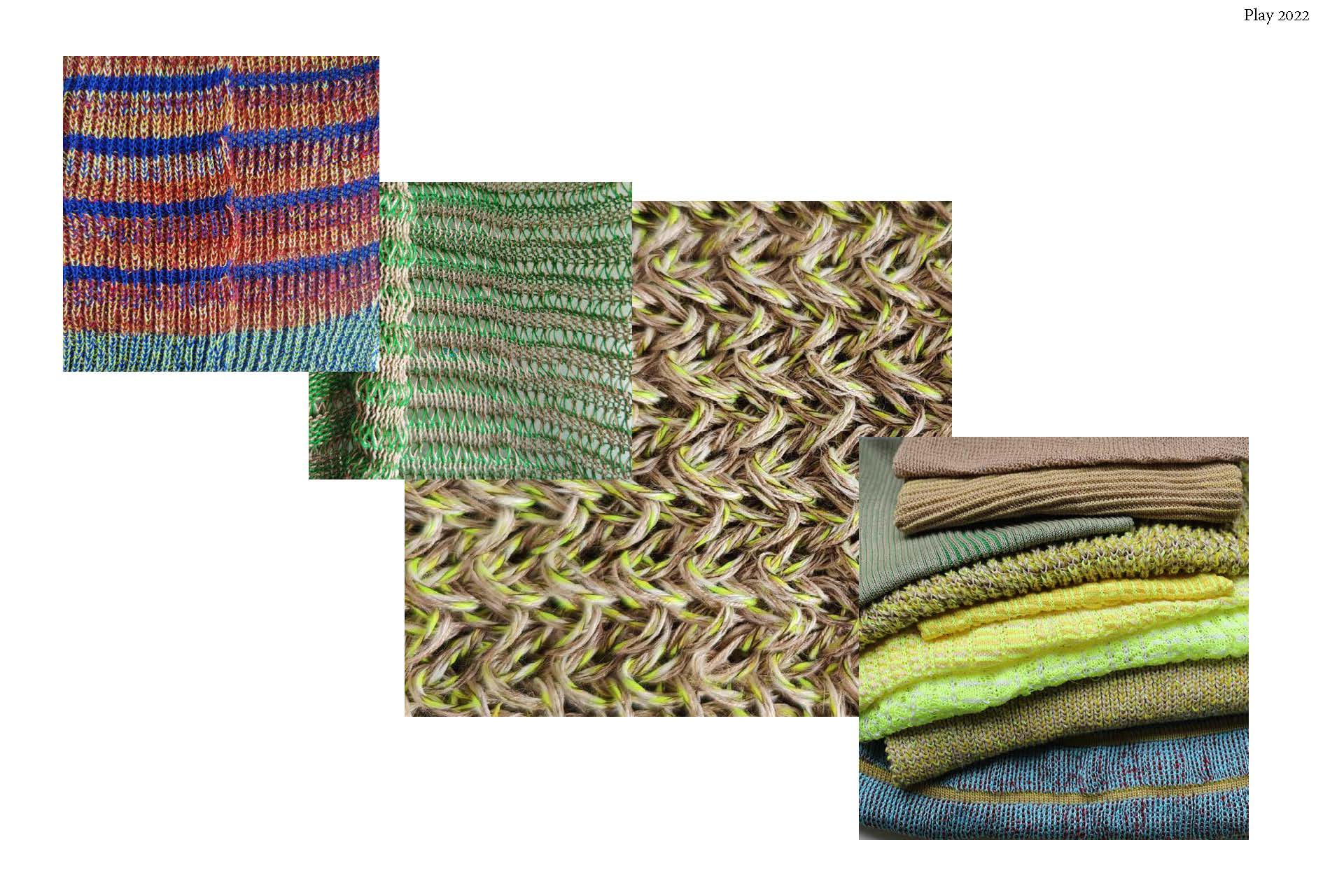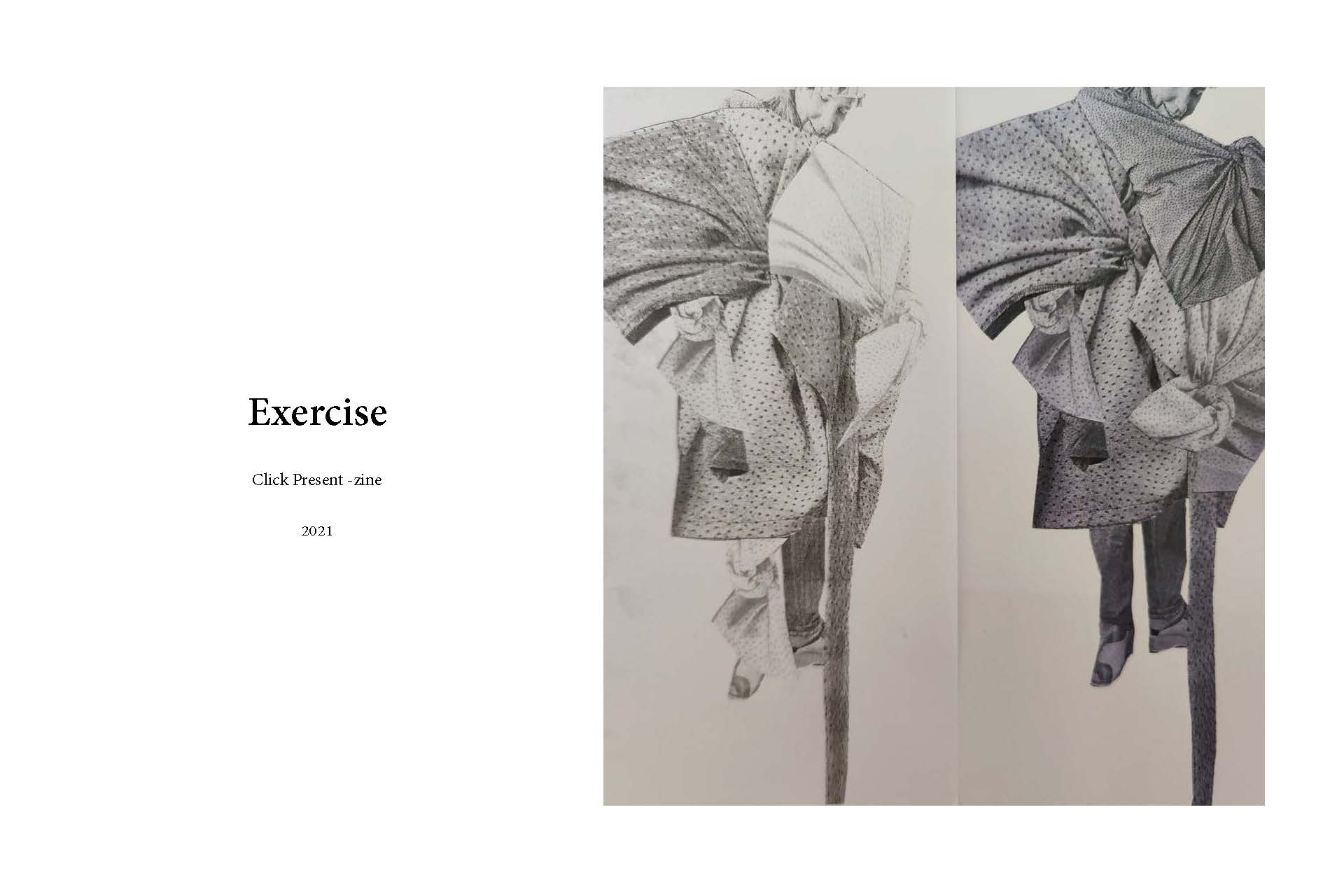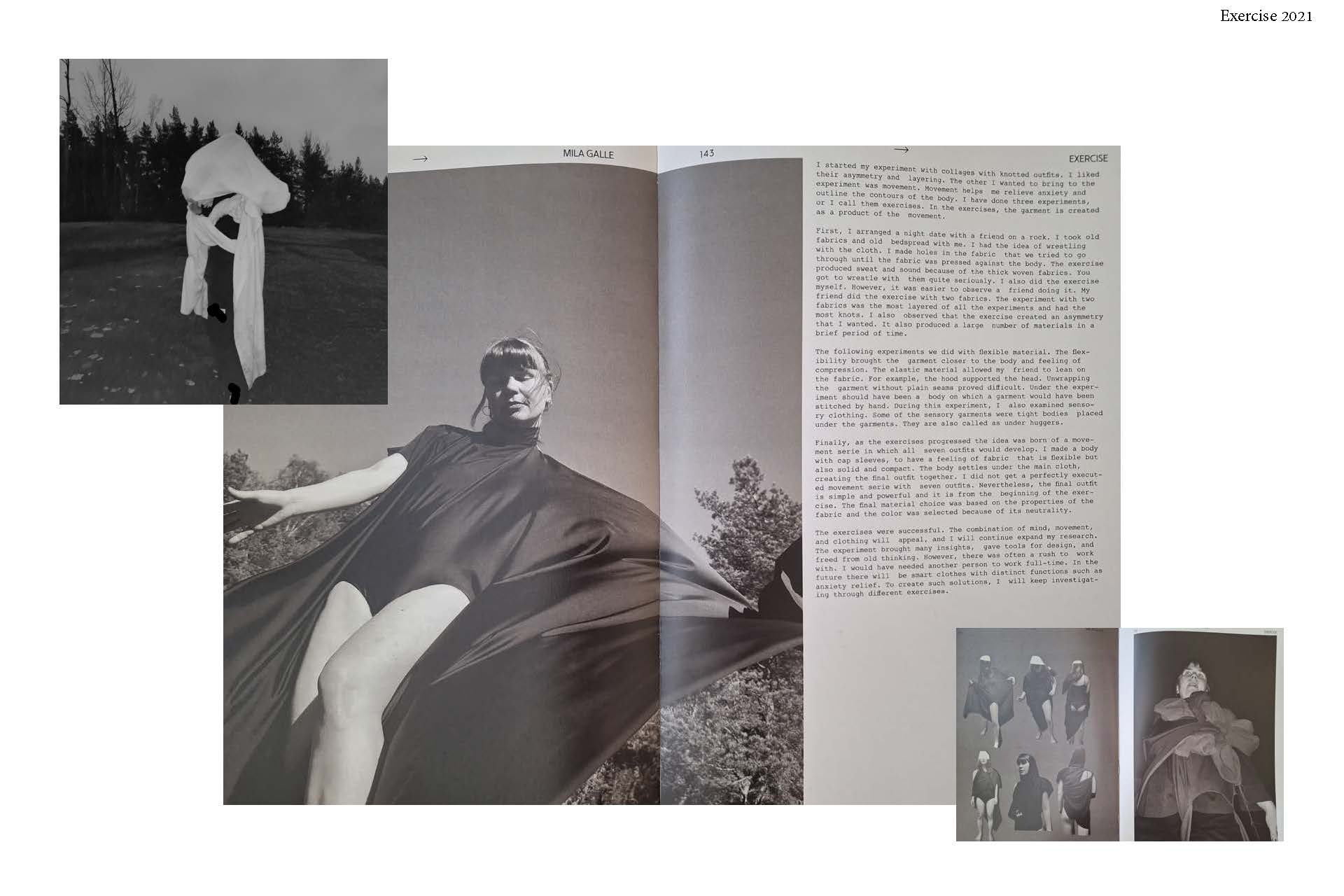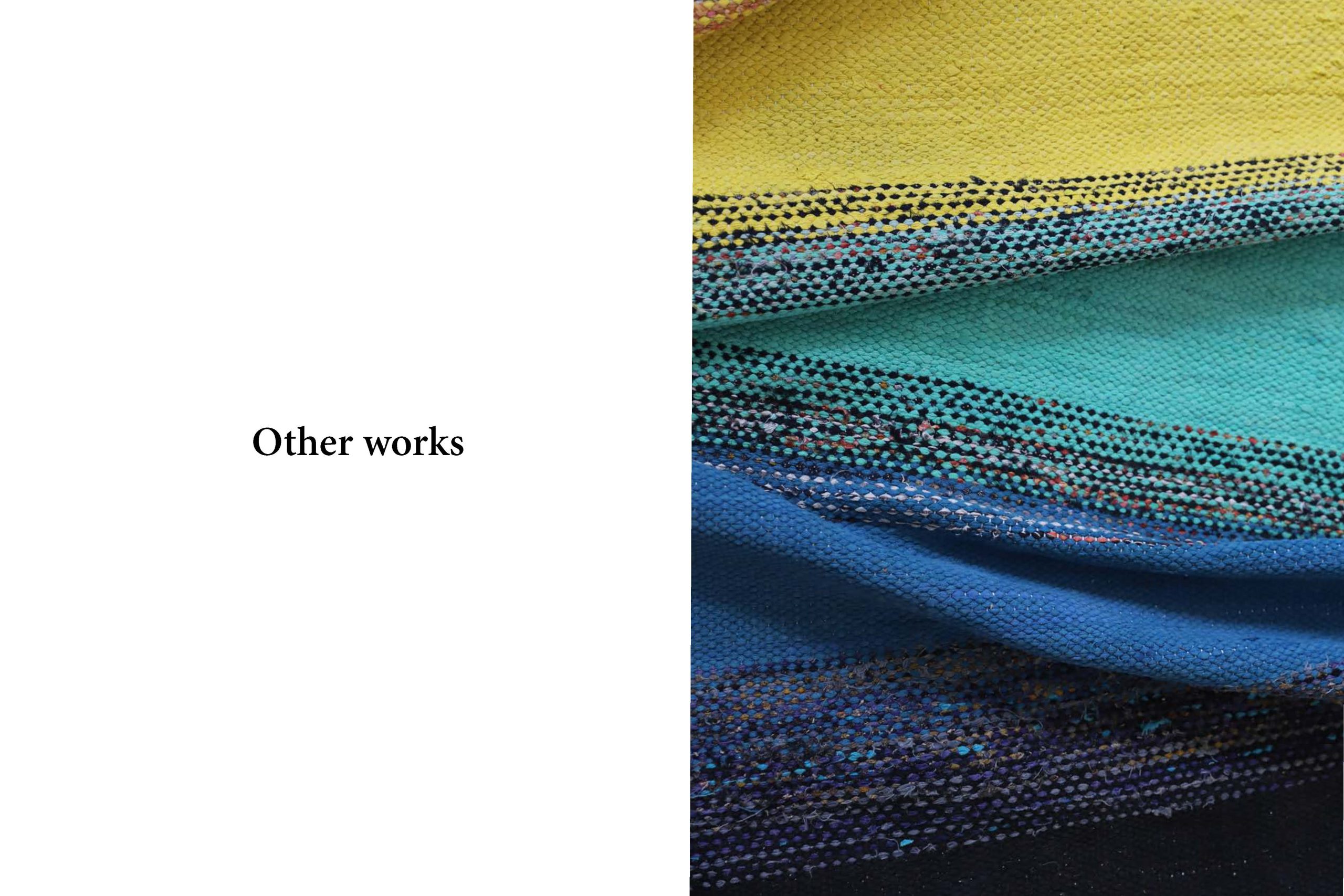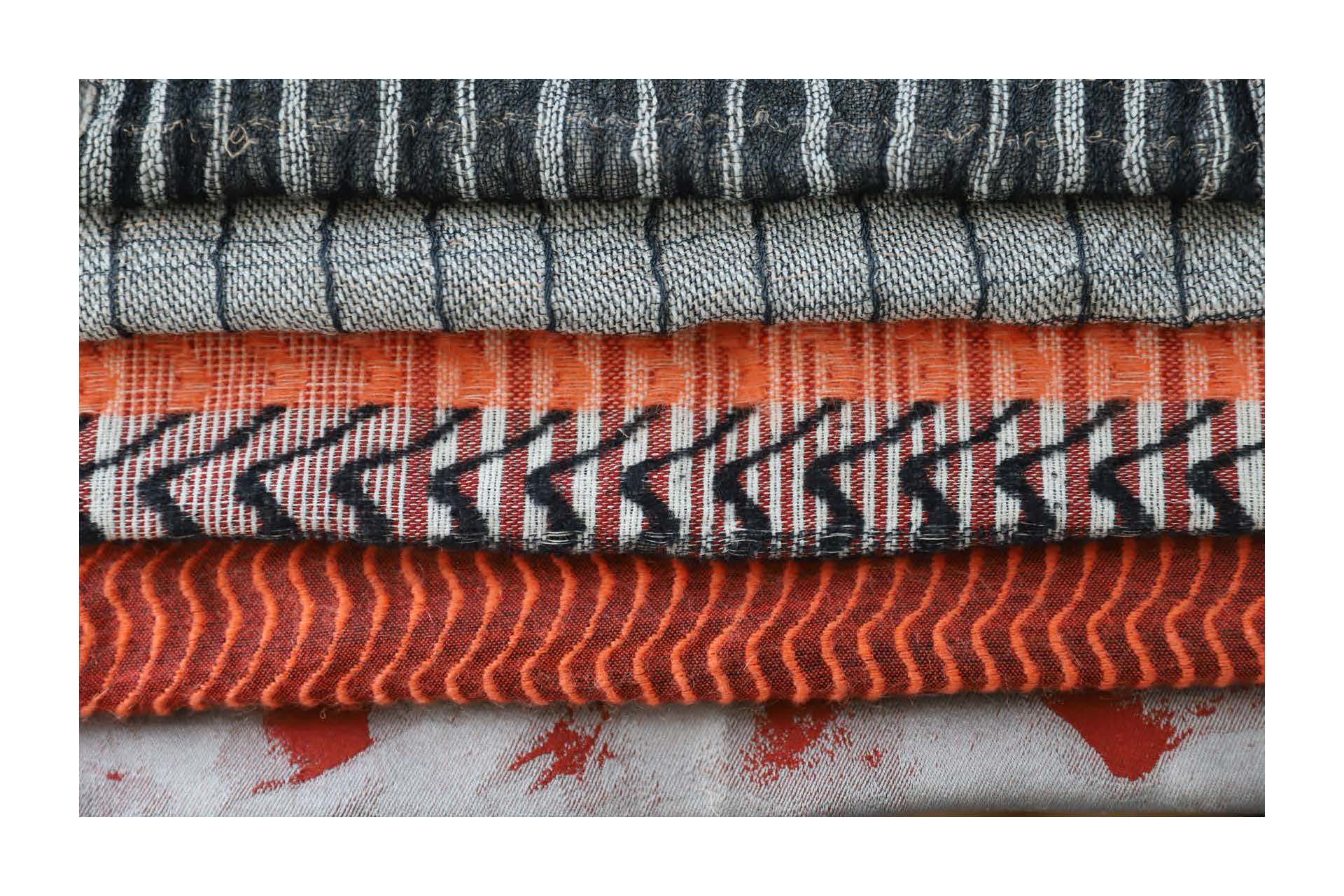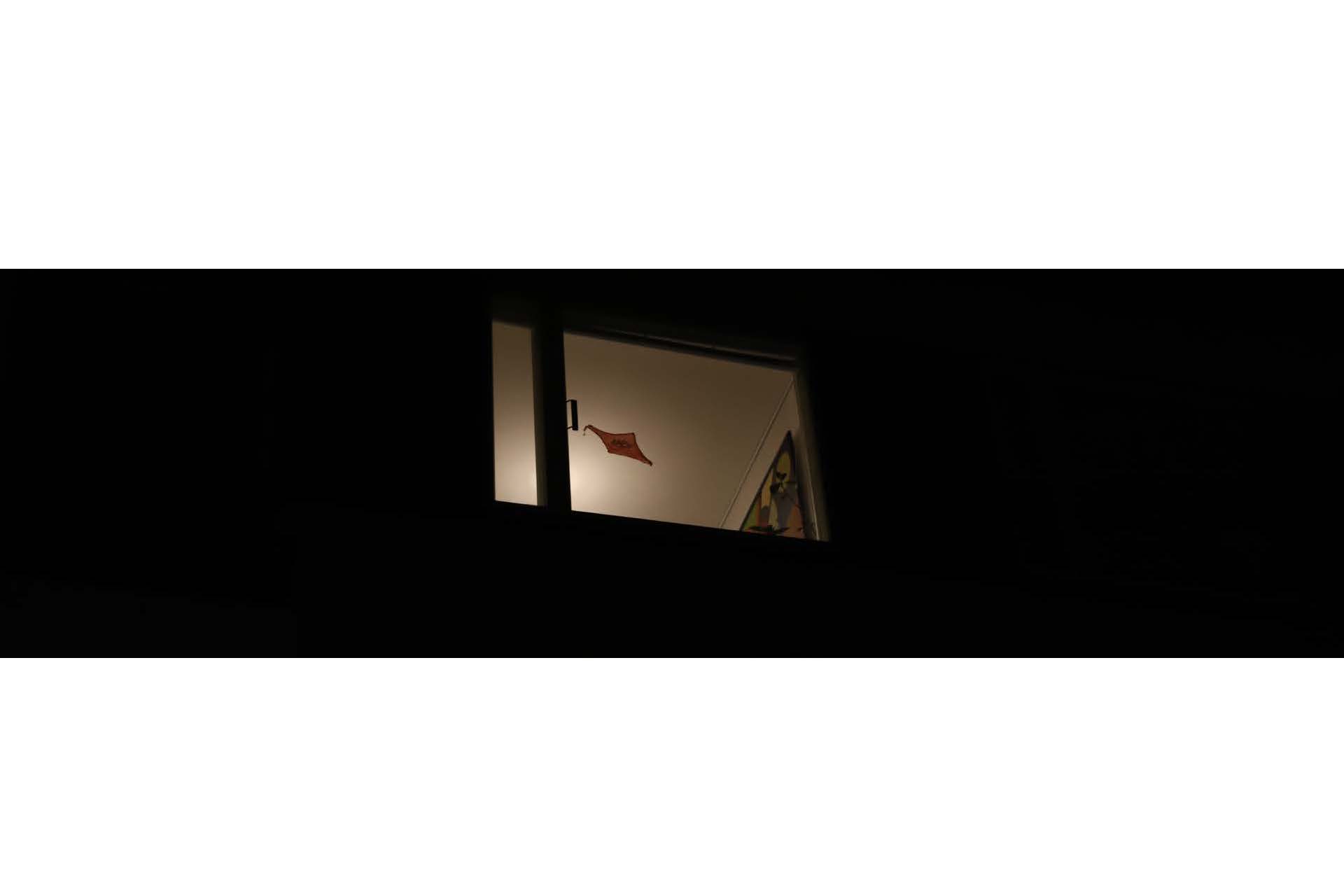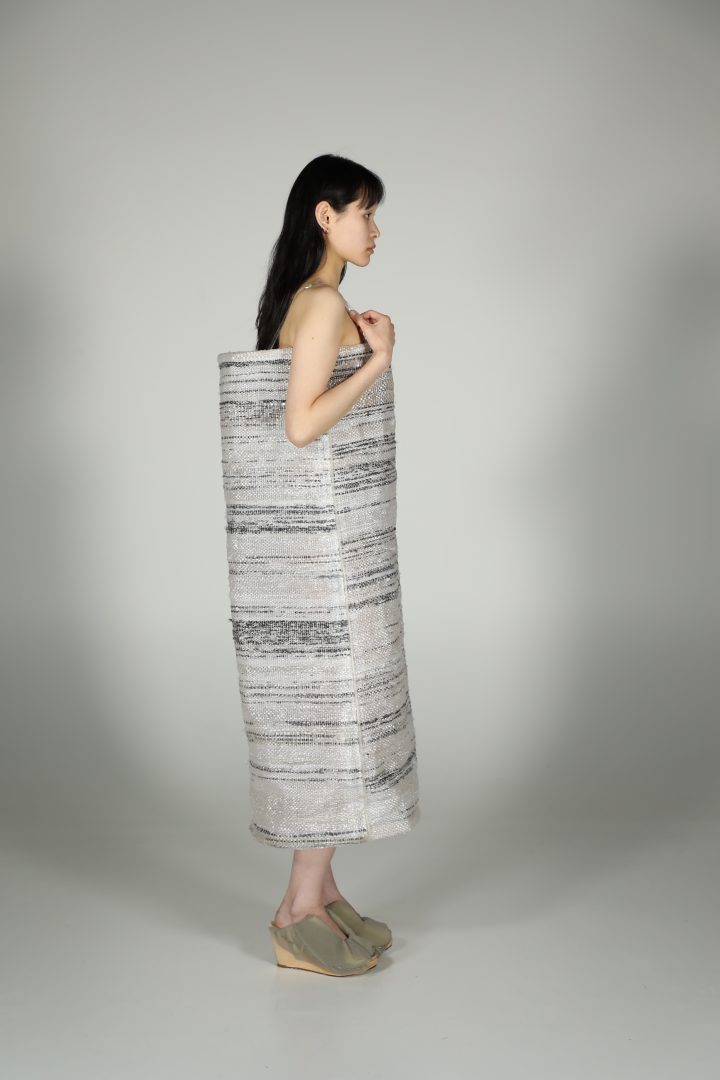Mila Galle
(MA)
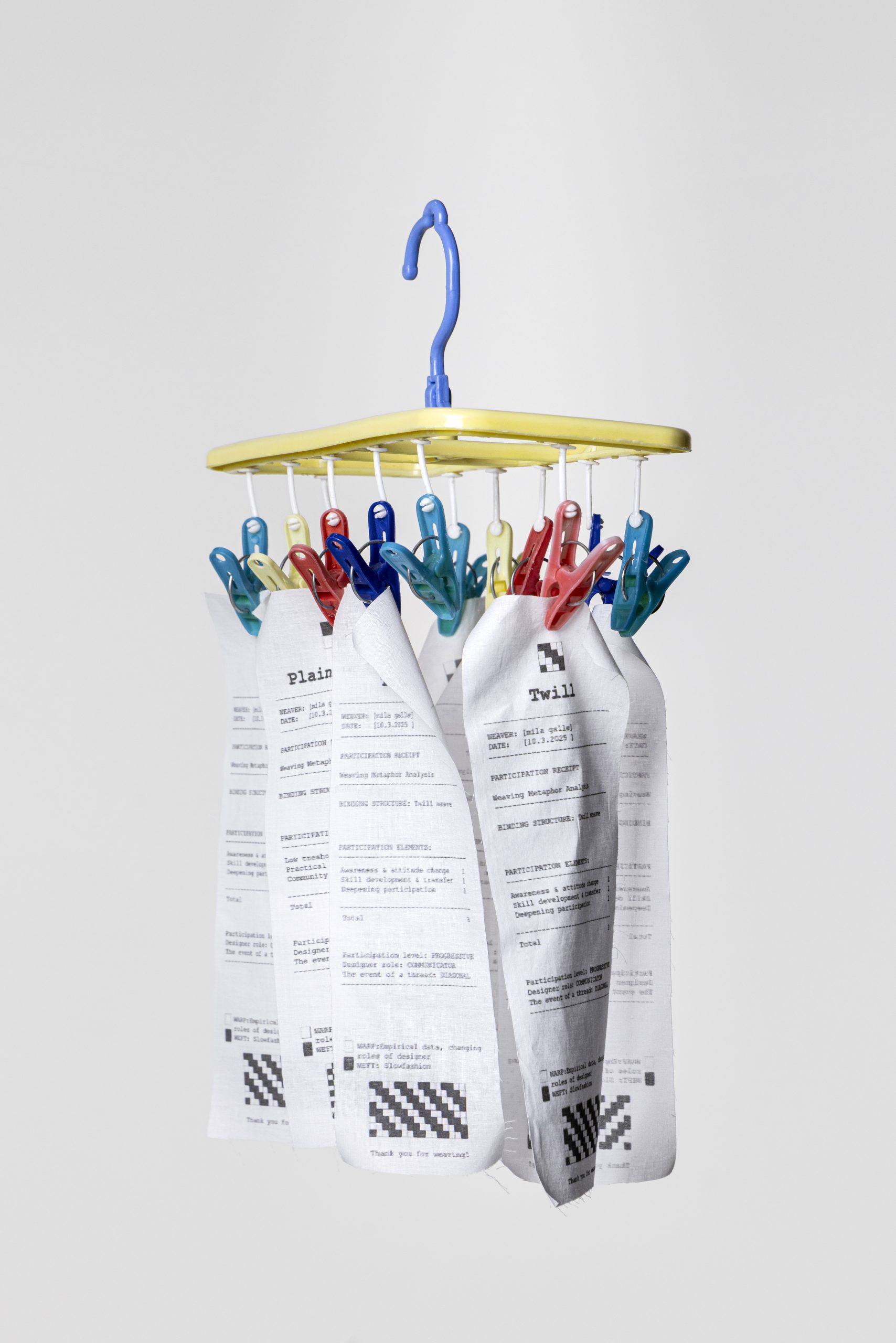
The Binding Spots of Citizen Engagement
The thesis is an interview study on how citizen engagement can be defined in the context of textiles in Helsinki. Weaving is a metaphor and a method in the research. Its two directions, warp and weft, and weave structures serve as tools for organising research data and visualising complex connections. With the warp interlacing with the weft, empirical findings are interwoven with theory, revealing hidden themes within citizen engagement. The exhibited photographs document plain-weave experiments with various materials, each exploring different dimensions of connection through the metaphor of this simplest of weave structures.
SUPPORT
European Union’s Horizon 2020 research and innovation programme, Textile Recycling Excellence, T-REX project
ADVISORS
Tiina Pusa, Jenni Väänänen-Lauterbach
SUPERVISOR
Kirsi Niinimäki
In her MA thesis, Mila Galle examines citizen participation in the context of textiles, fashion, and sustainable development. The research material consists of interviews with seven participatory actors from the Helsinki area and participatory observation at community events. The choice of topic stemmed from a desire to explore the roles of future designers as part of society, weaving together skills and knowledge.
The creative aspect of the research emerges from the method of exploration that utilises the language of woven fabrics to construct the research and analyse the data. The warp of the thesis consists of empirical data and the roles of designers, while the weft is shaped by theory, which serves to illuminate the warp.
– Using the directions and structures of weaving is familiar from my previous artistic work. In this research, I analyse the collected data through the characteristics of four weaving structures. The metaphor of weaving was a survival strategy in my research, helping to uncover hidden connections and manage the vast amount of data.
The photographs are Galle’s way of creating a diary-like exploration of various connections in the material world. In the images, everyday things provoke thoughts about connection, power, community, friendship, strength, and gender.
The participatory weaving frame offers an opportunity to practice participation, and through it, visitors can weave as part of the research. This makes the dialogue between materials and research visible.
– I see future designers moving closer to society, with creators being involved in solving global problems.
